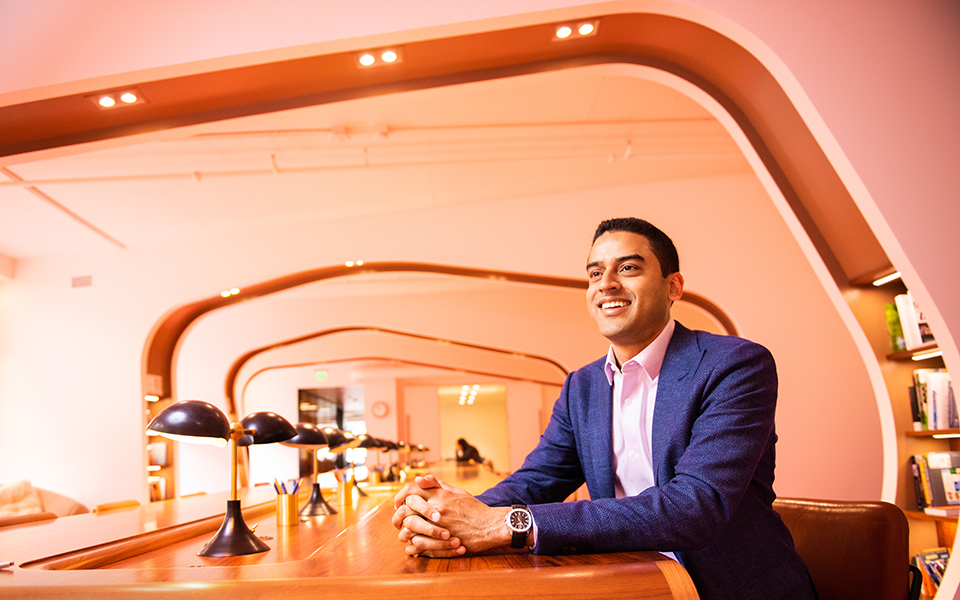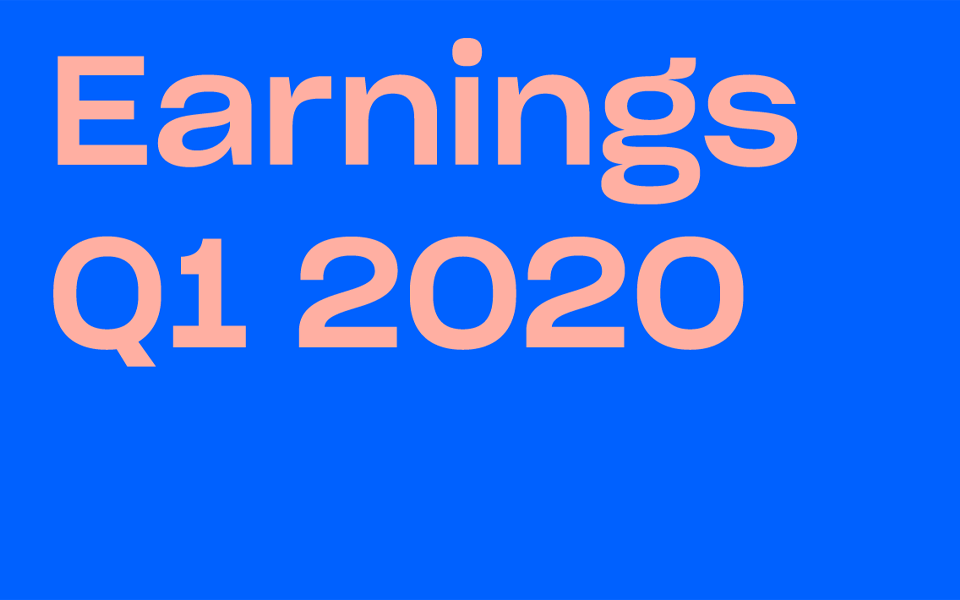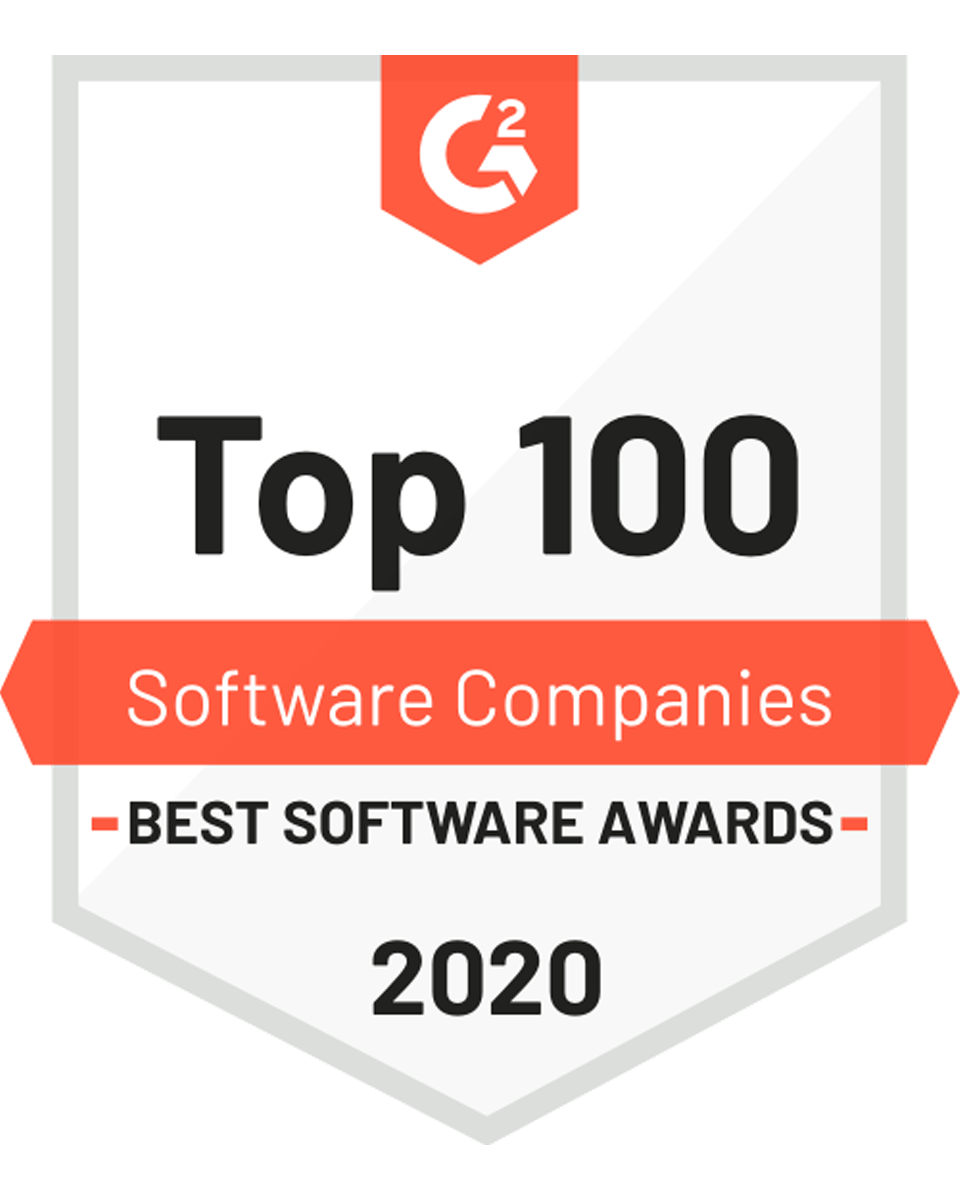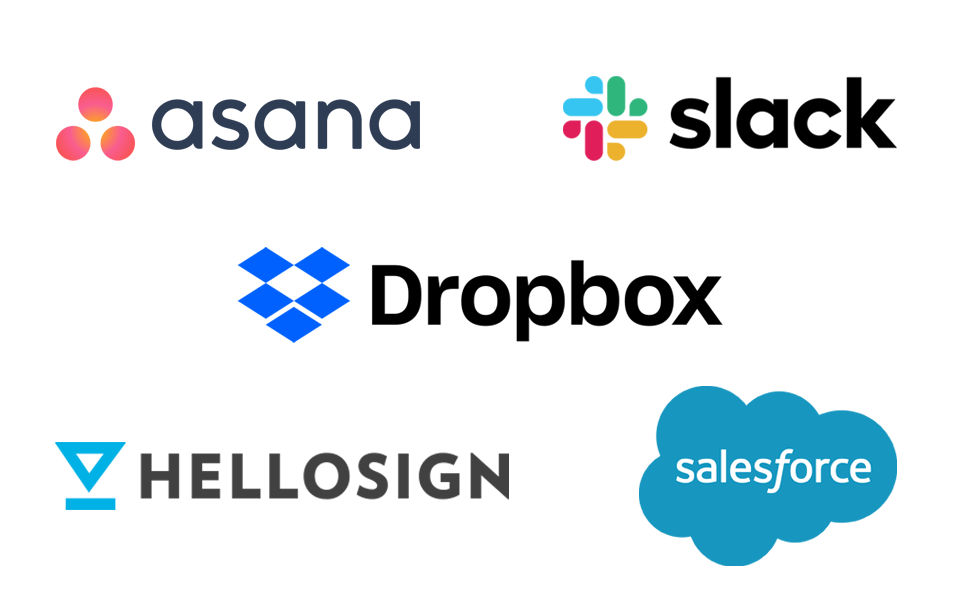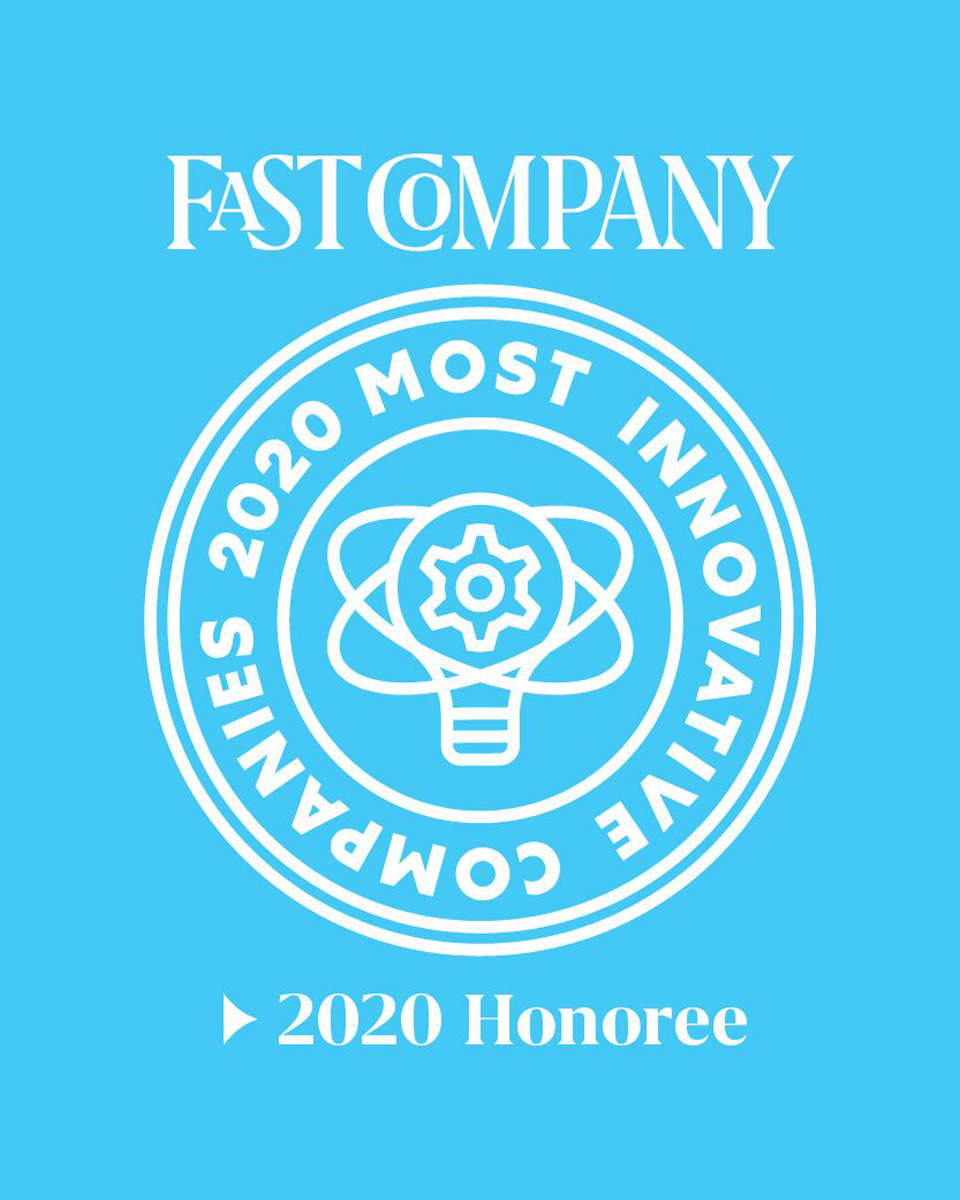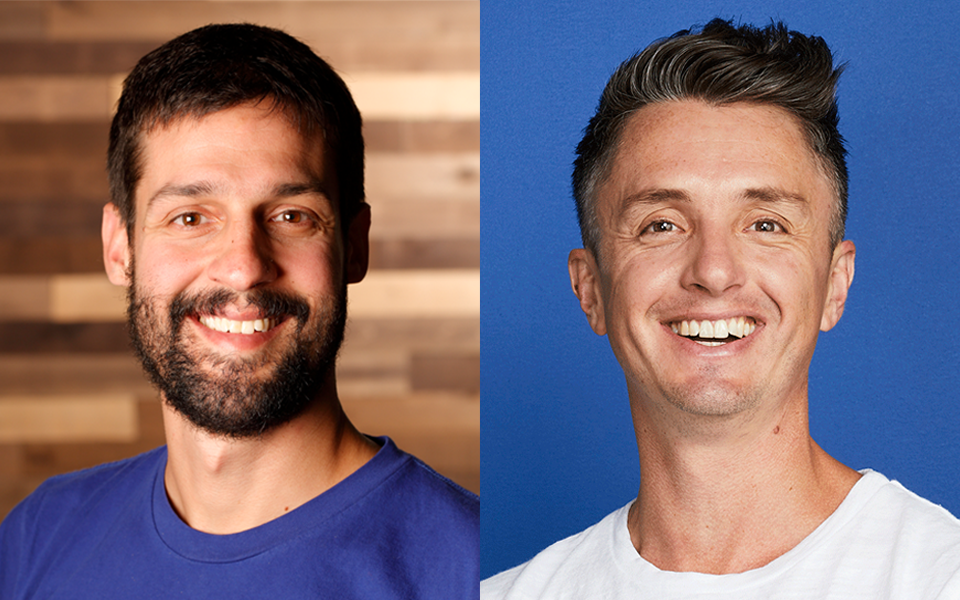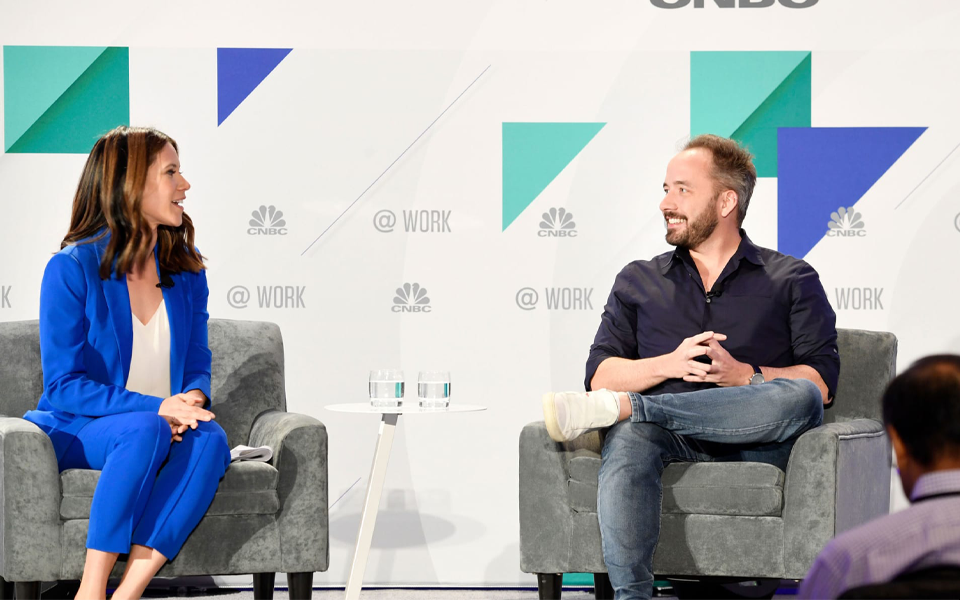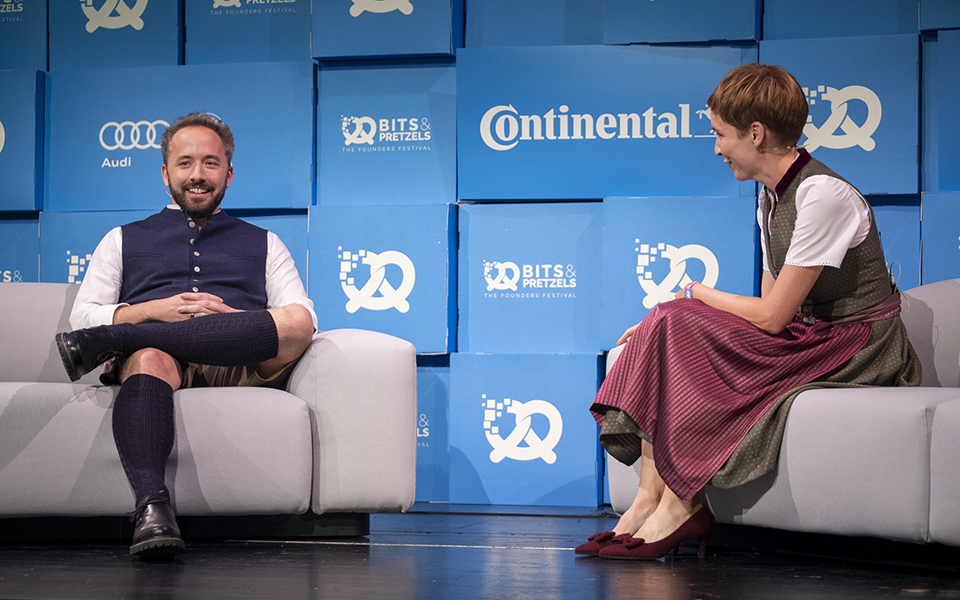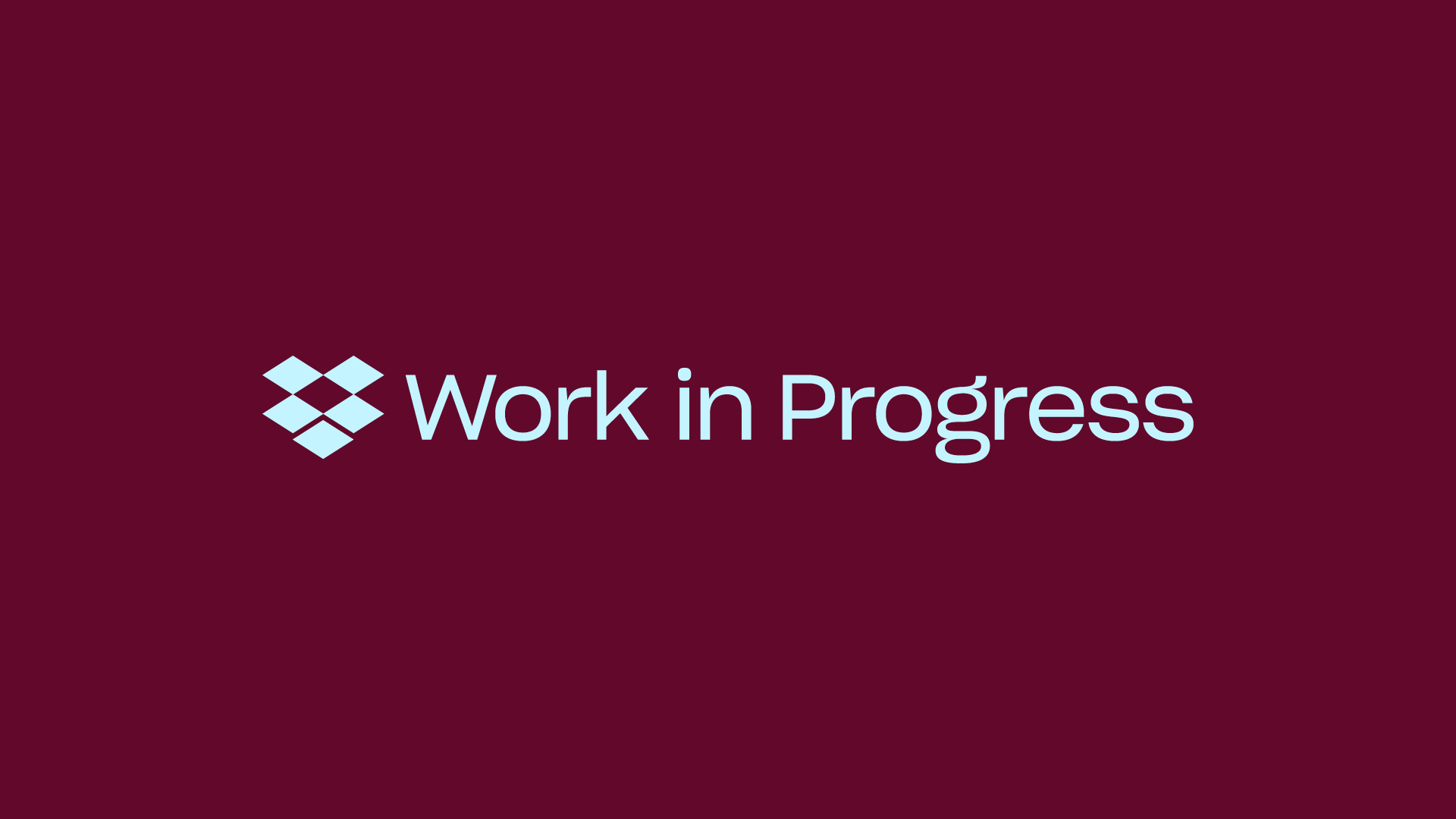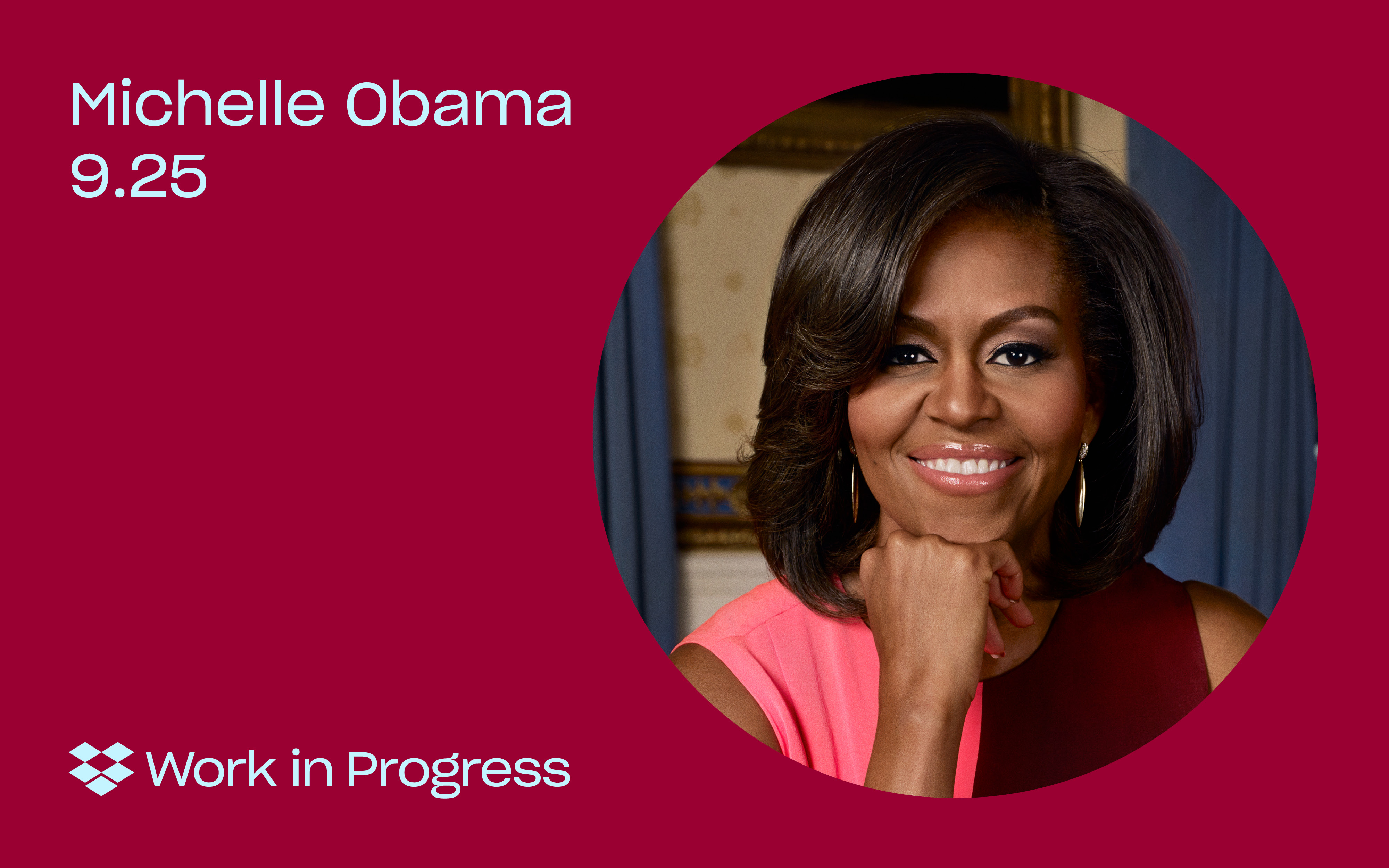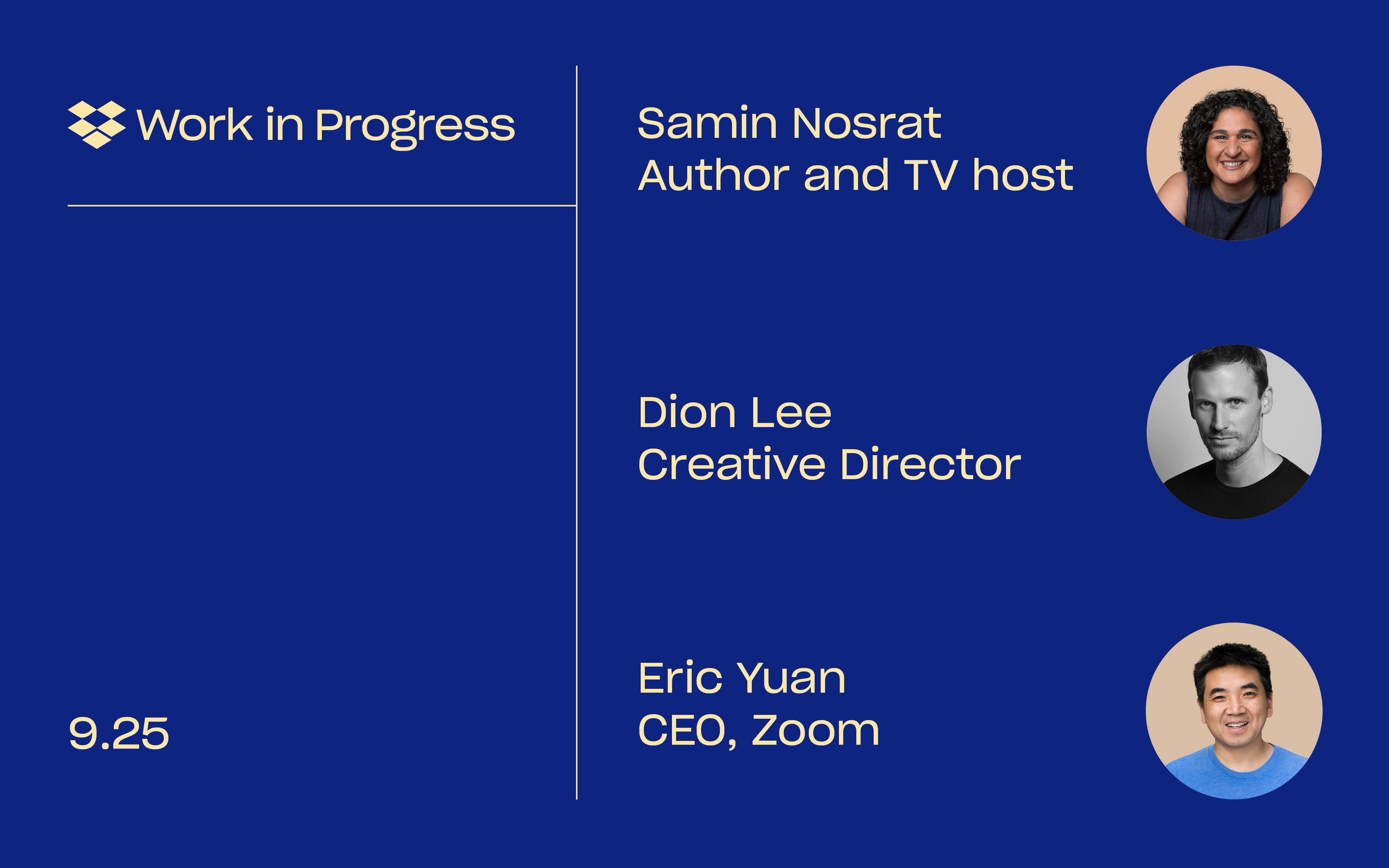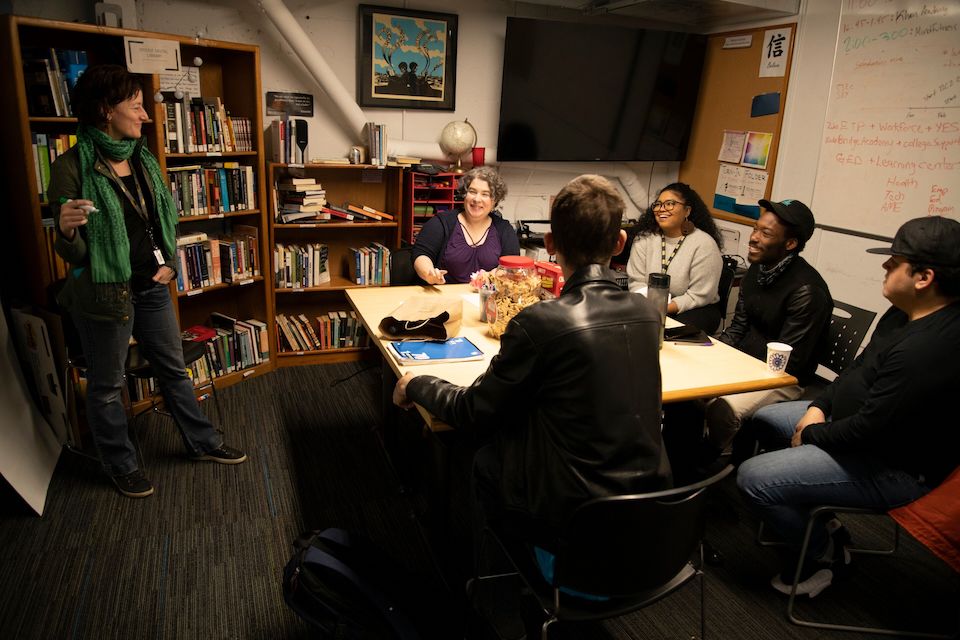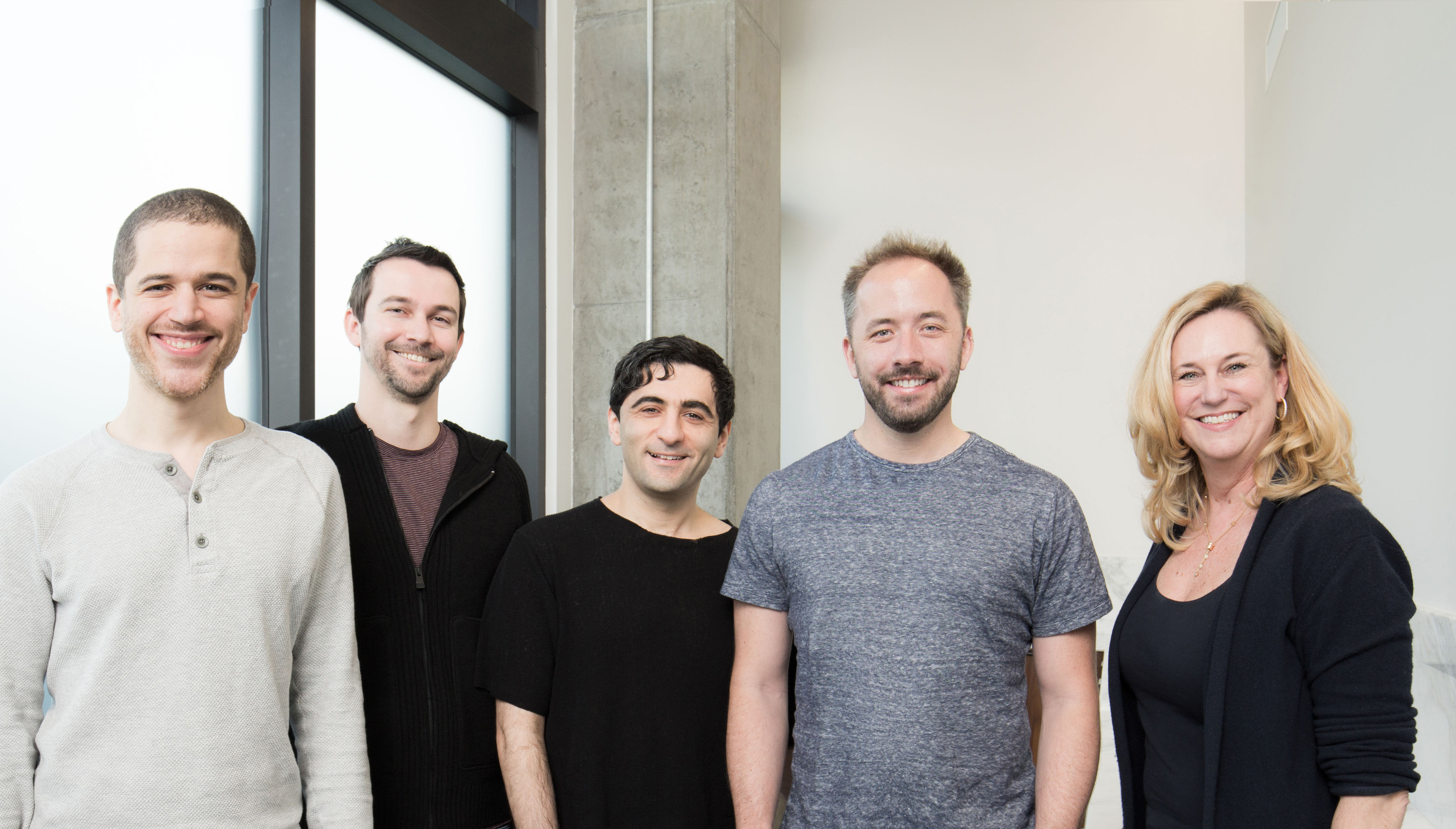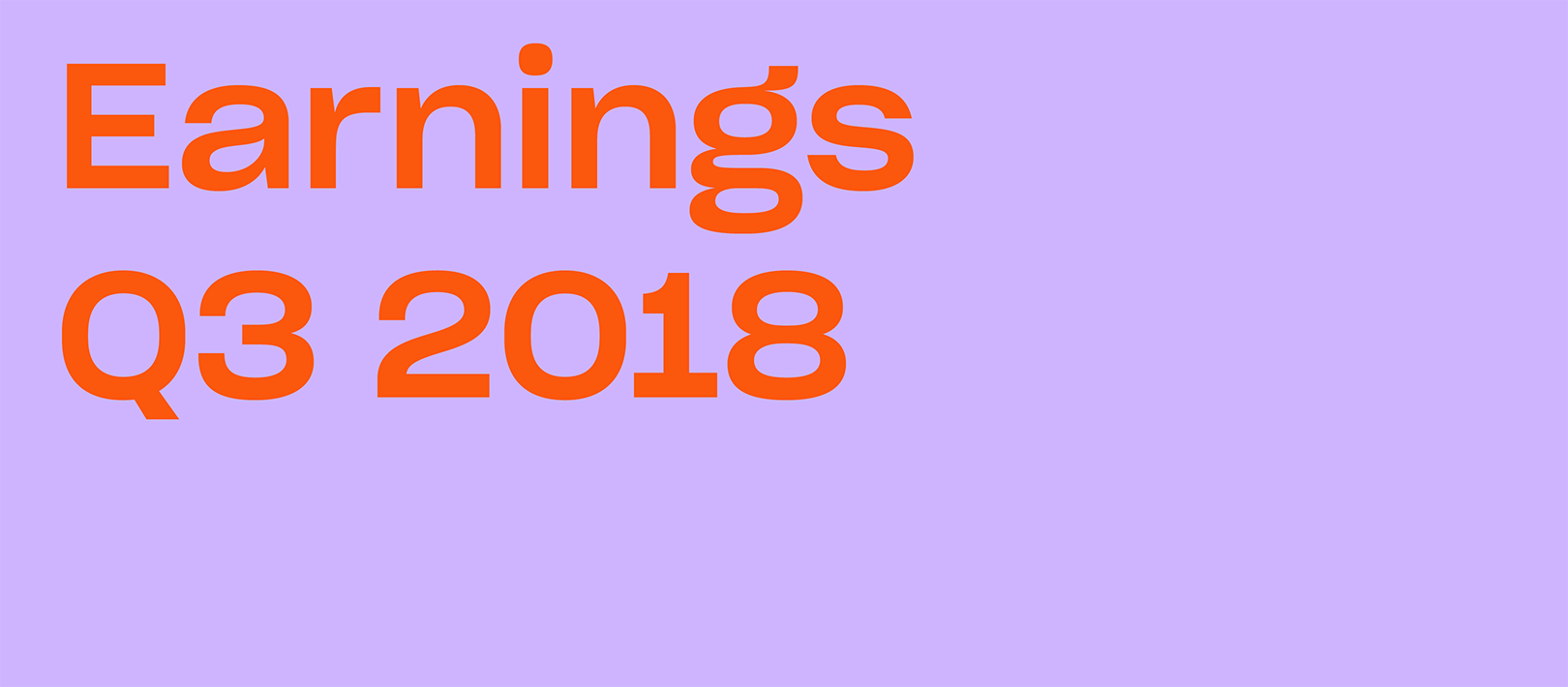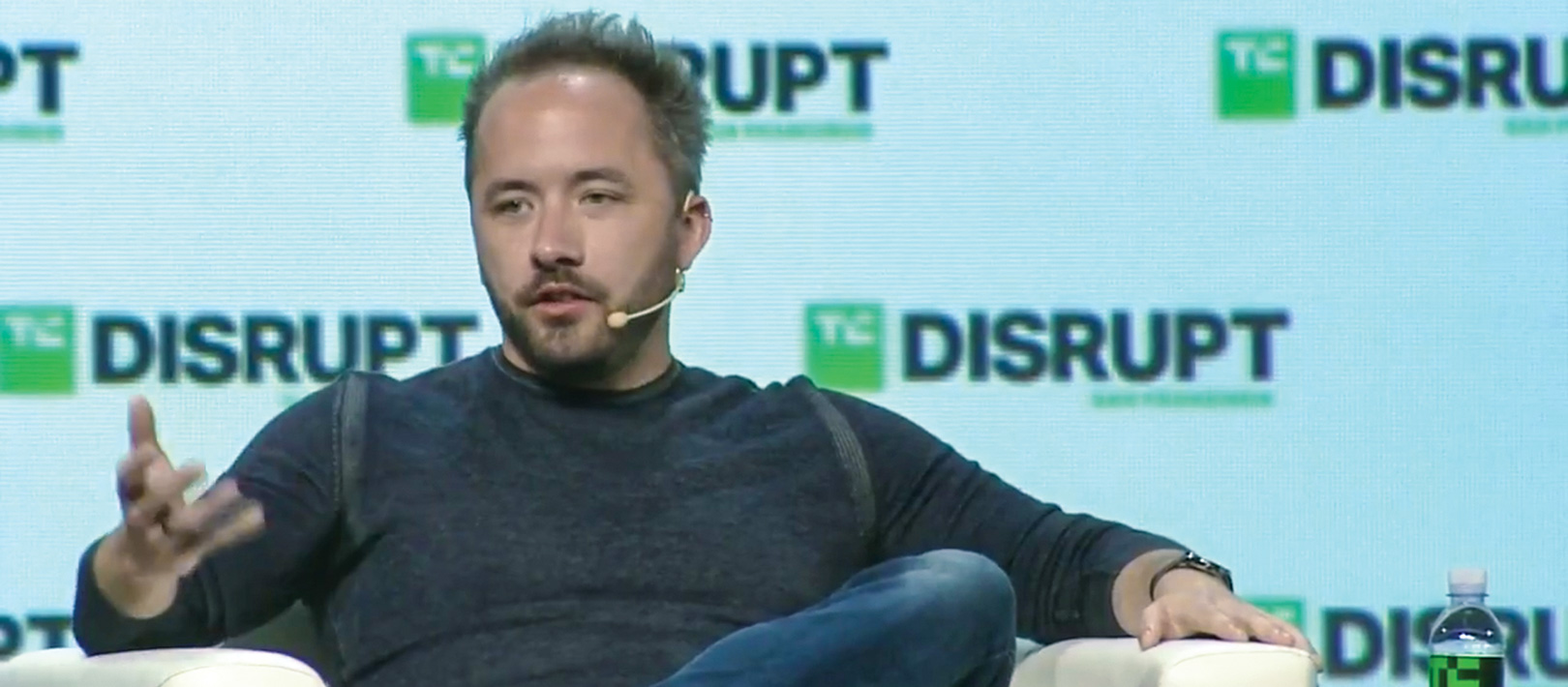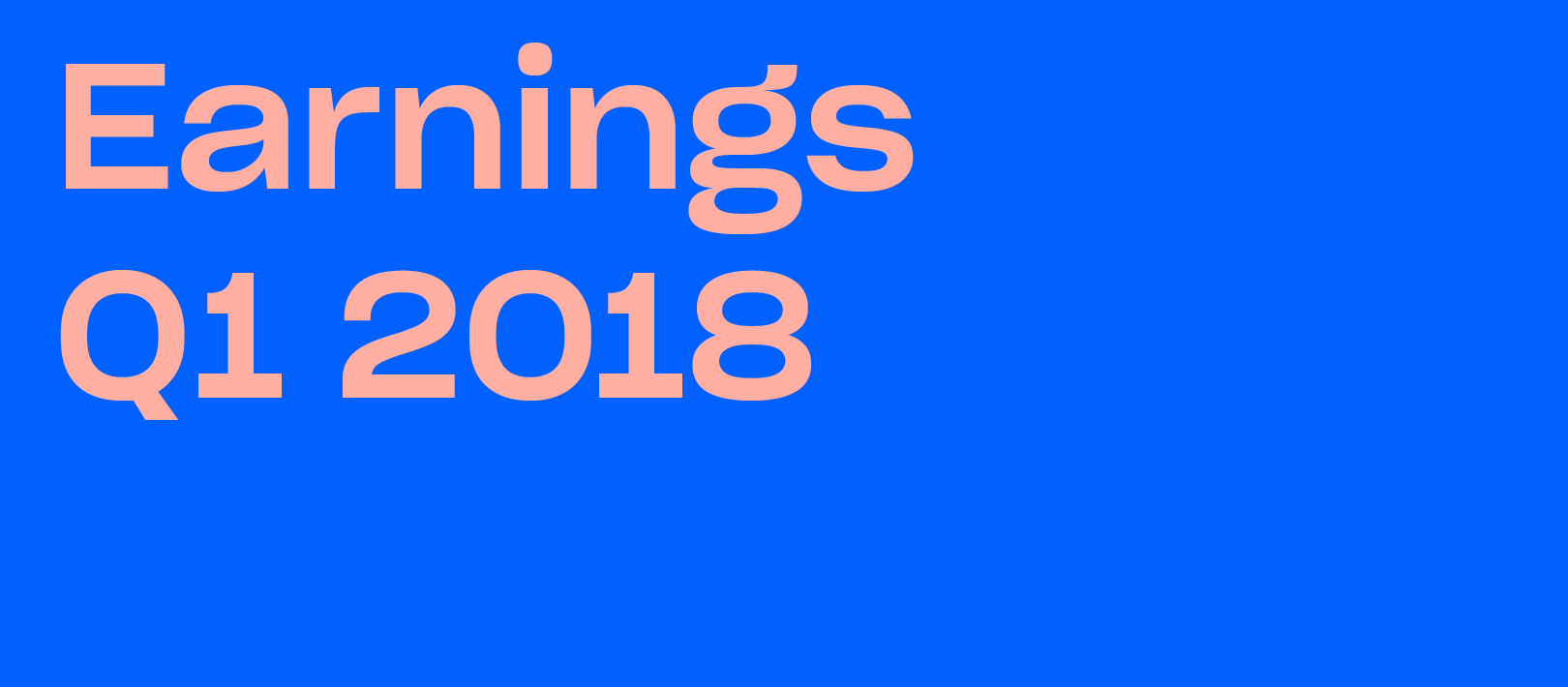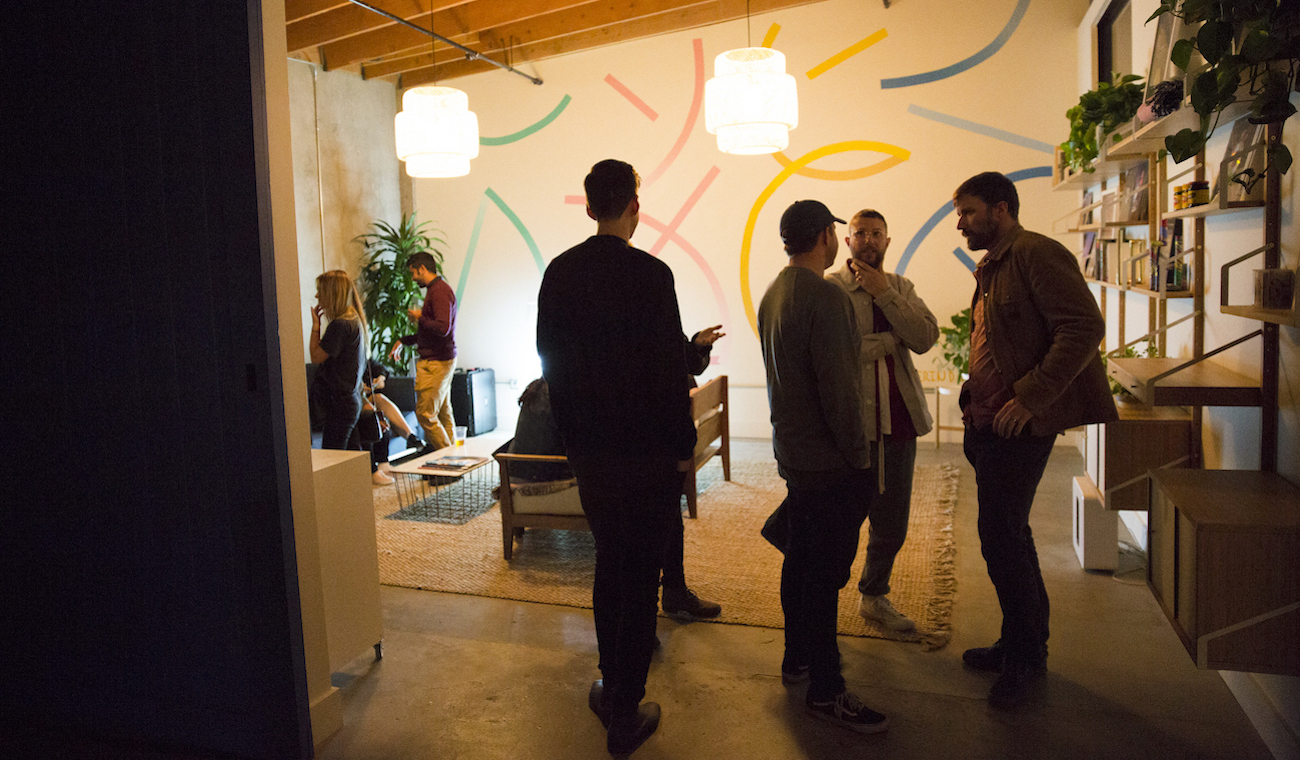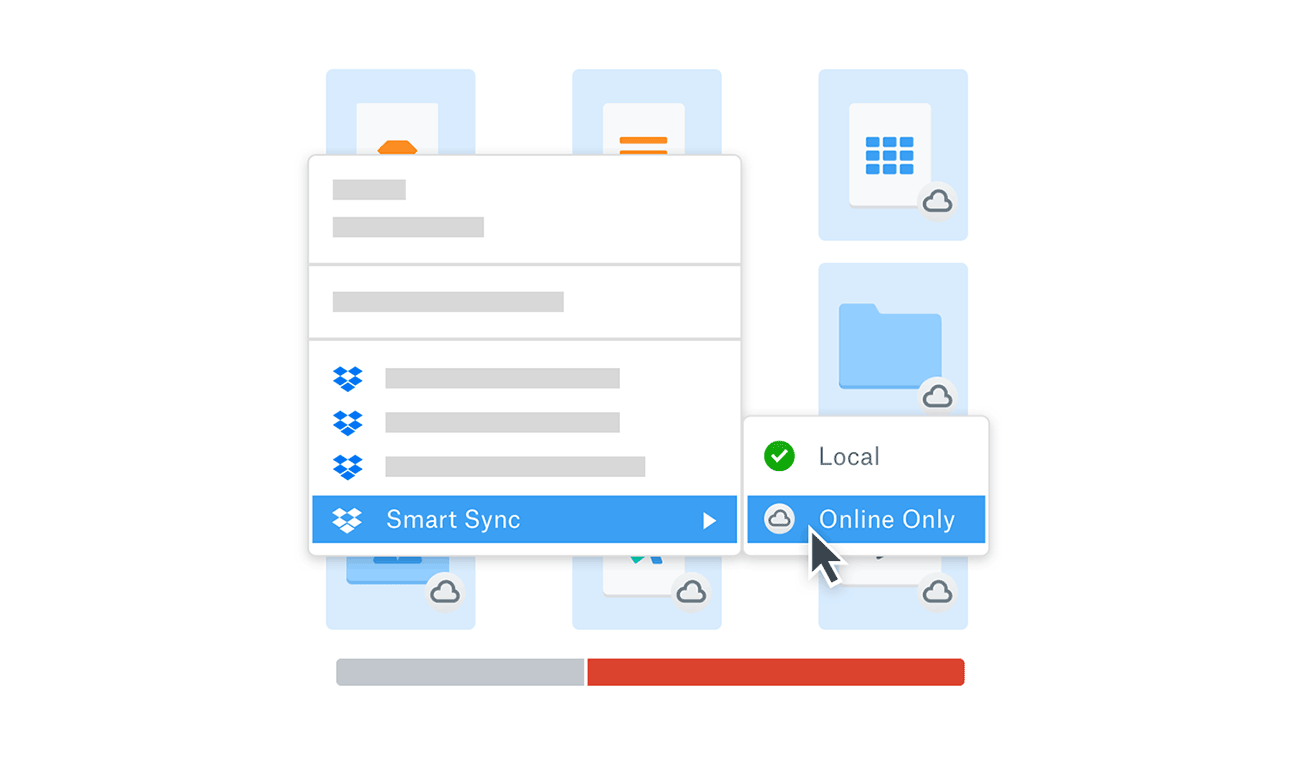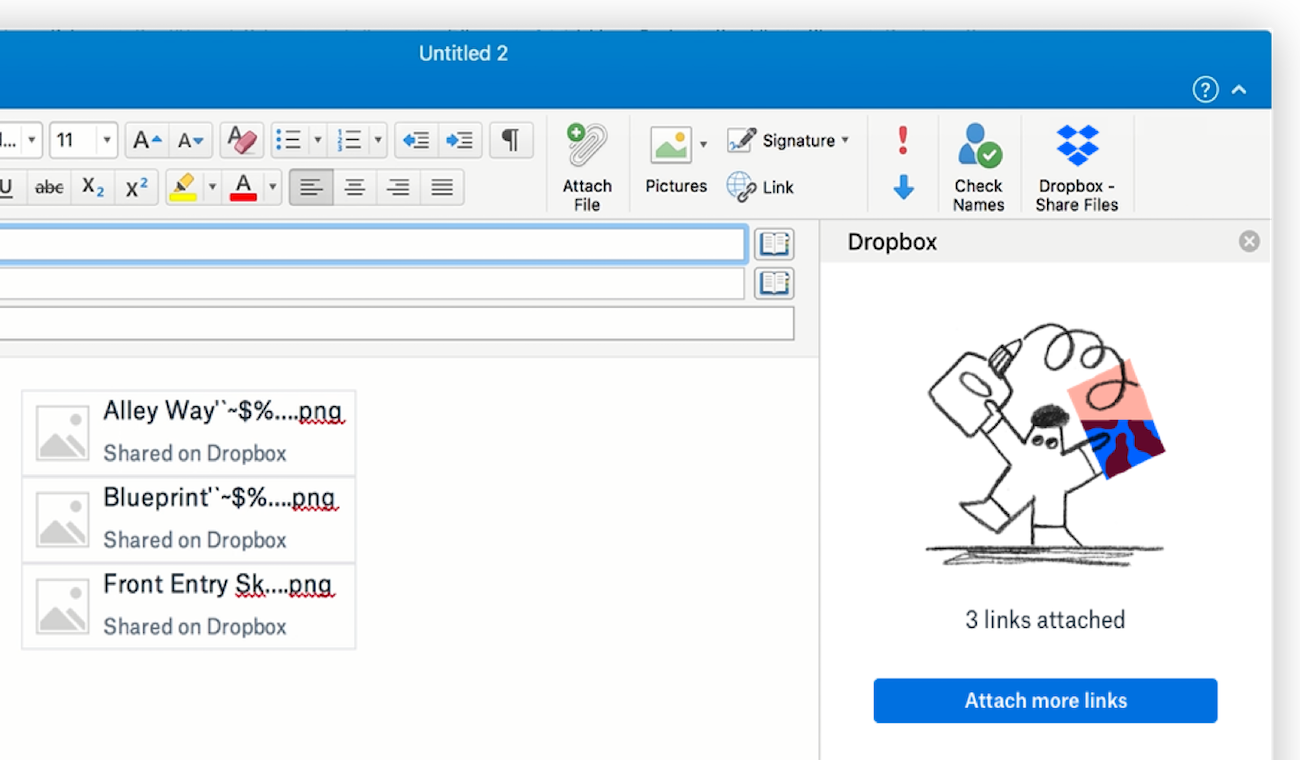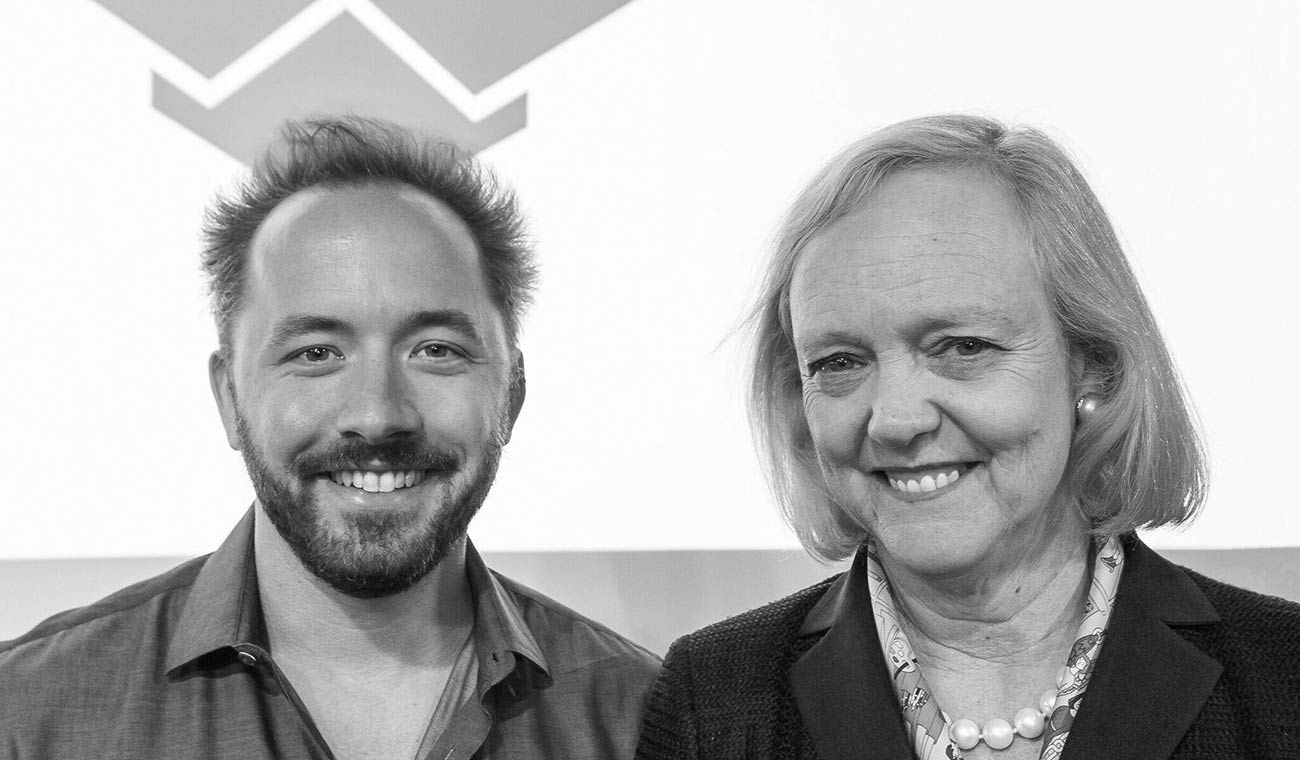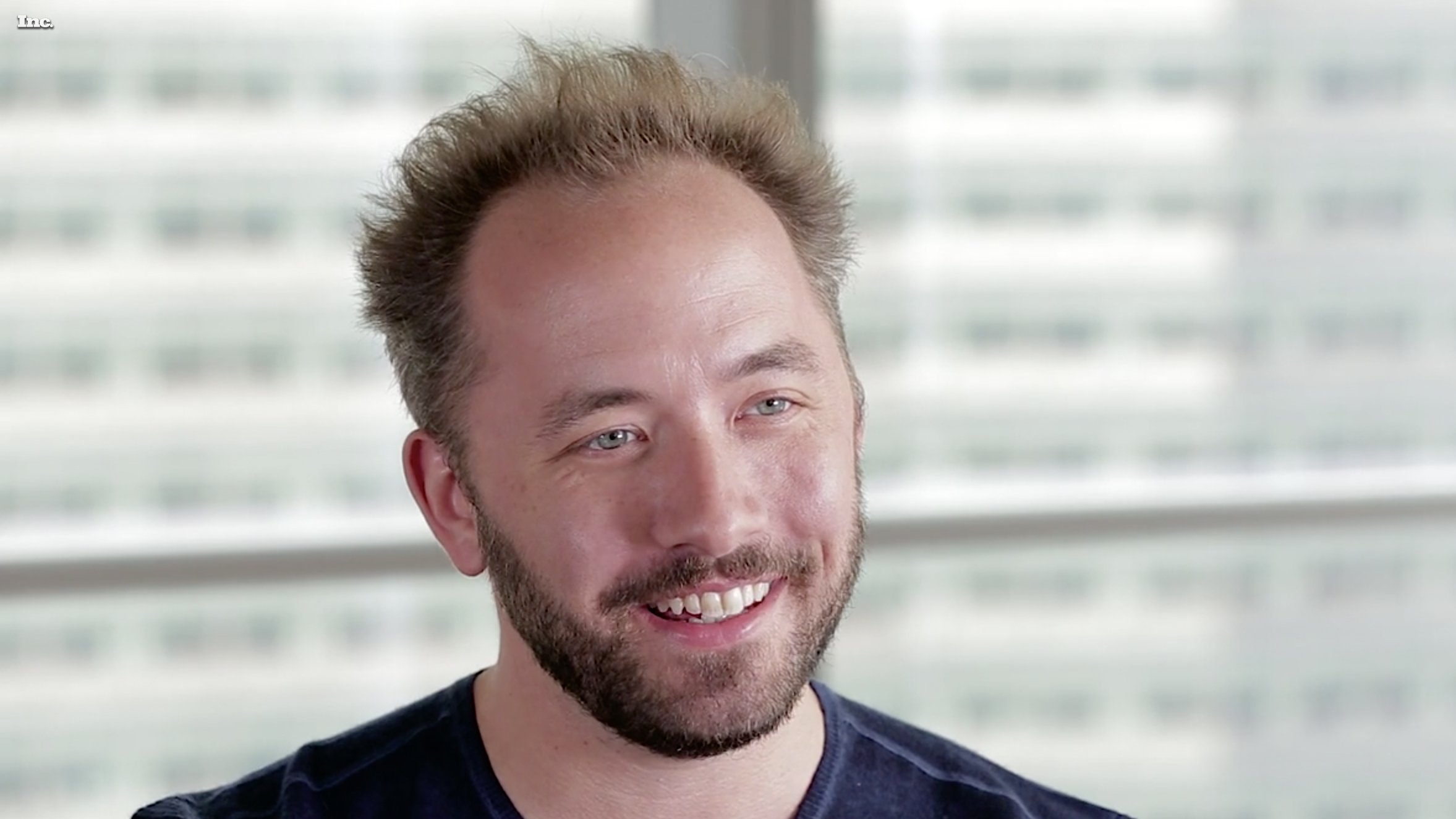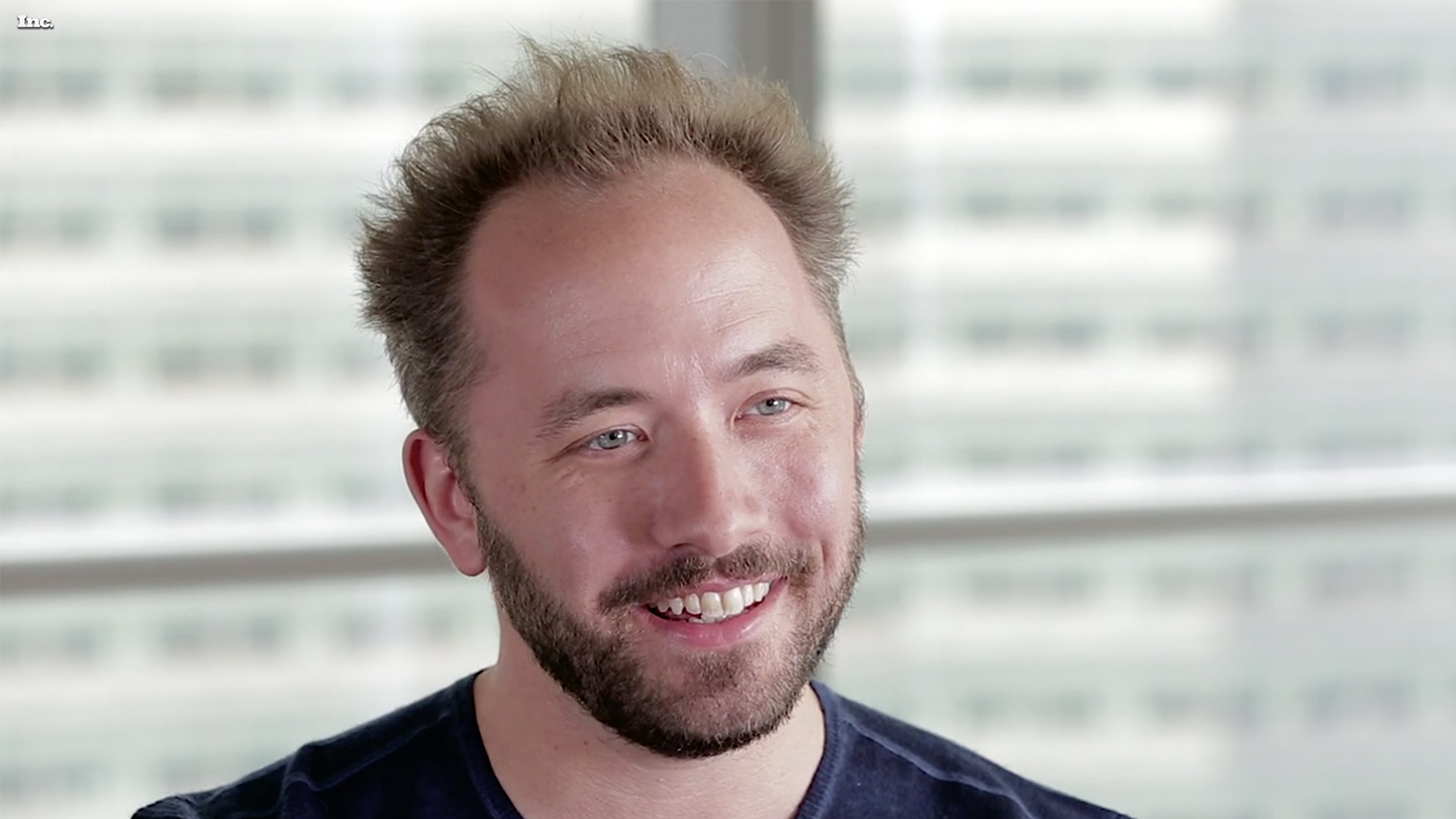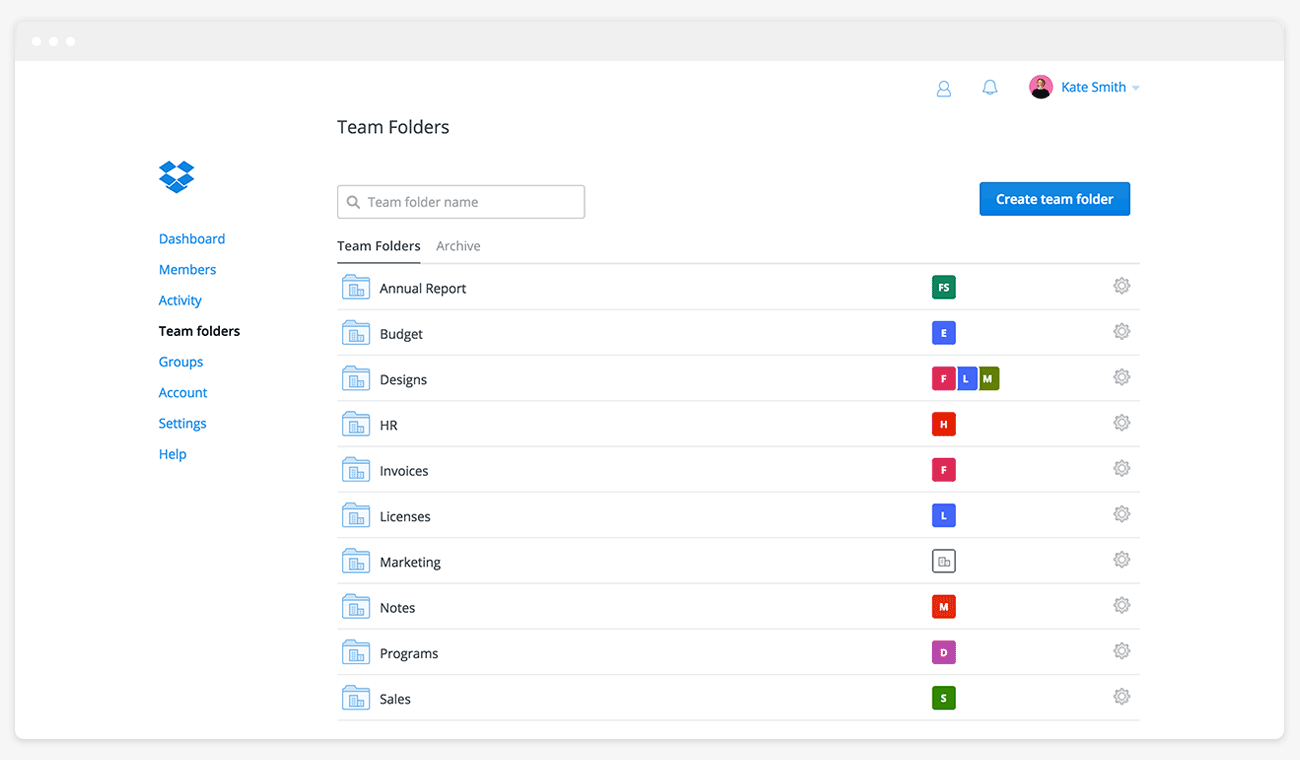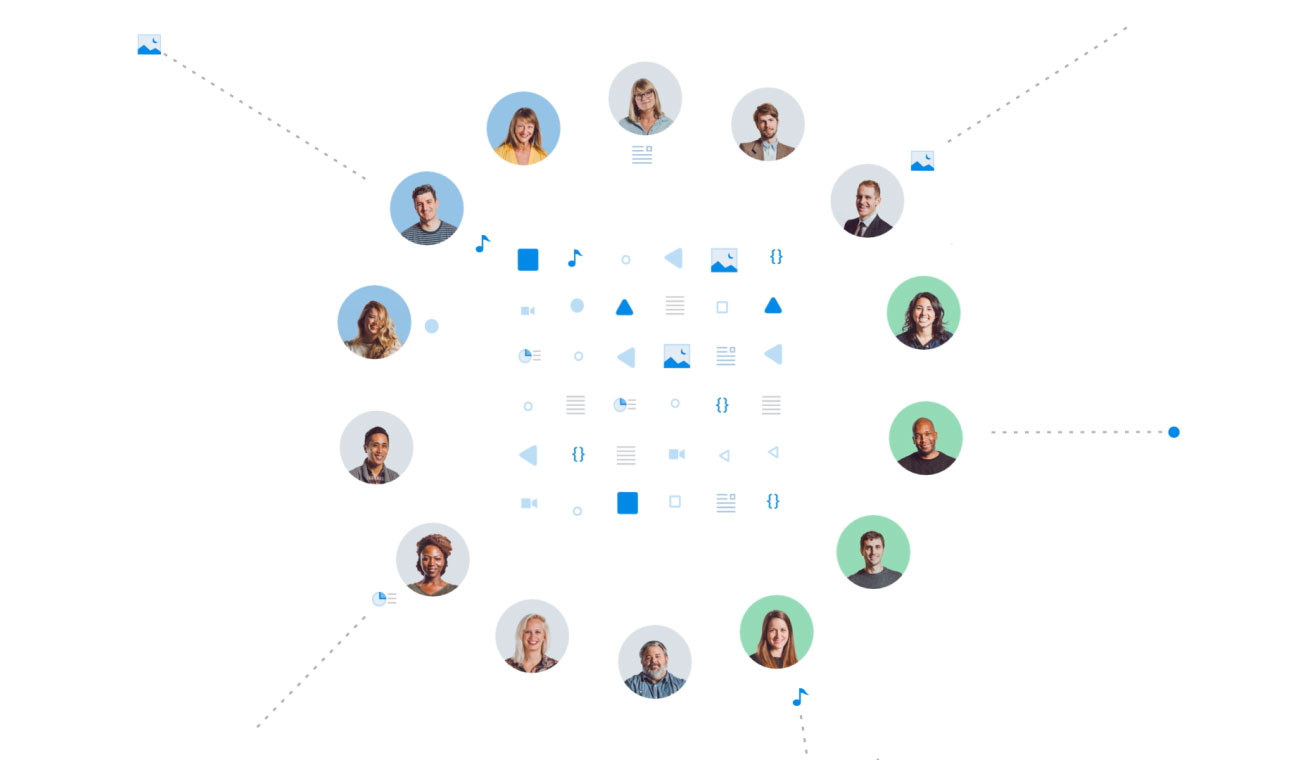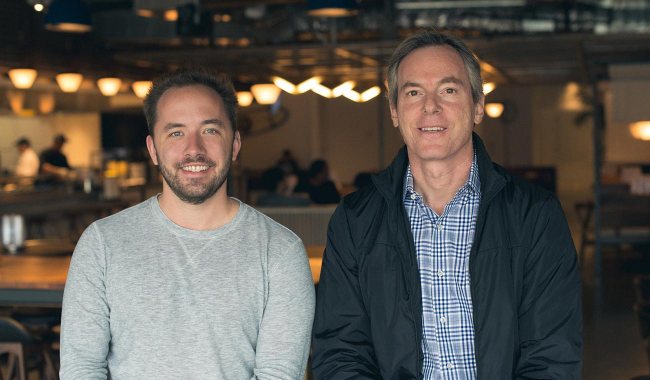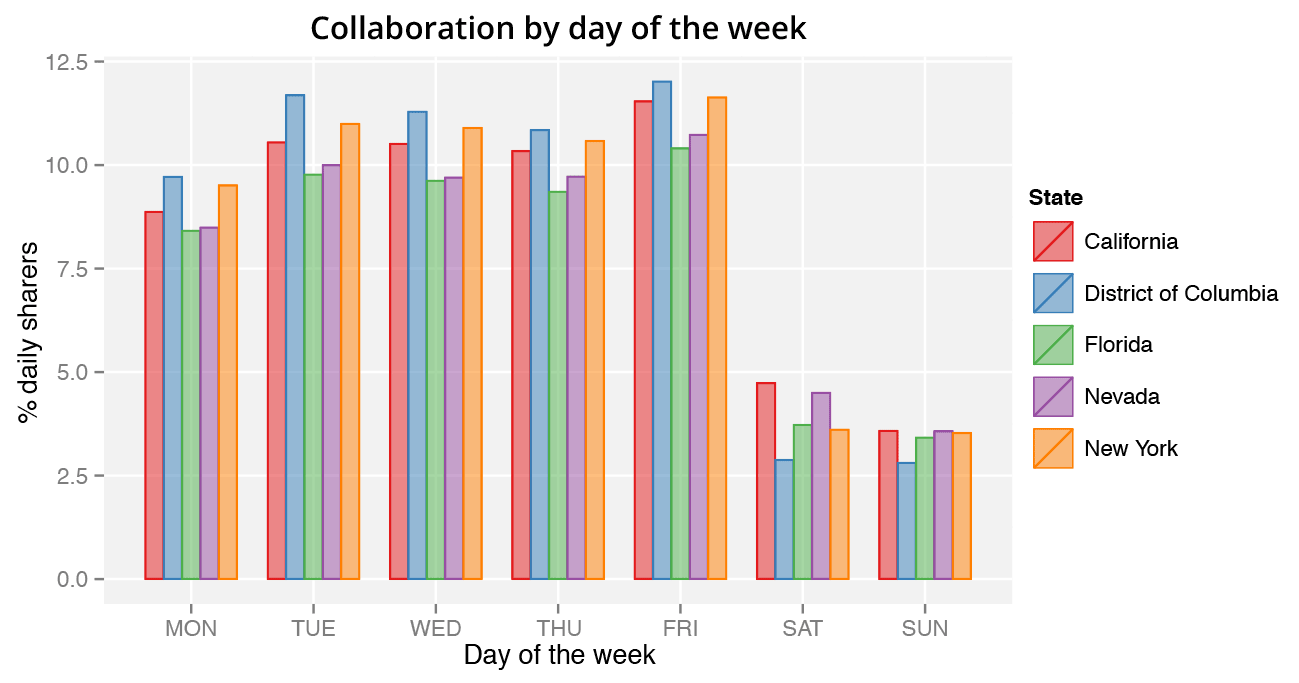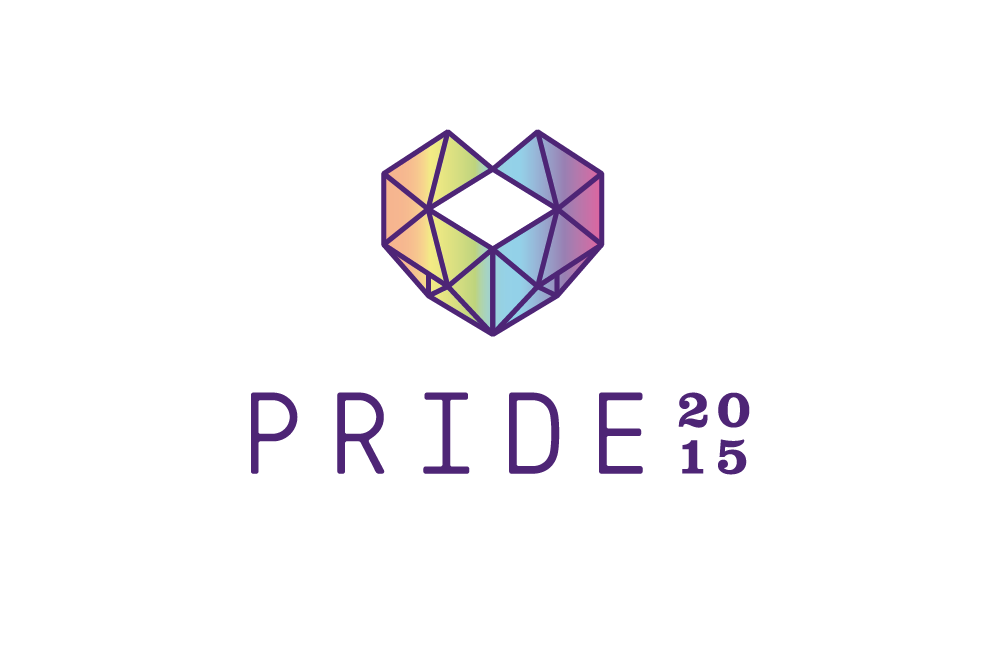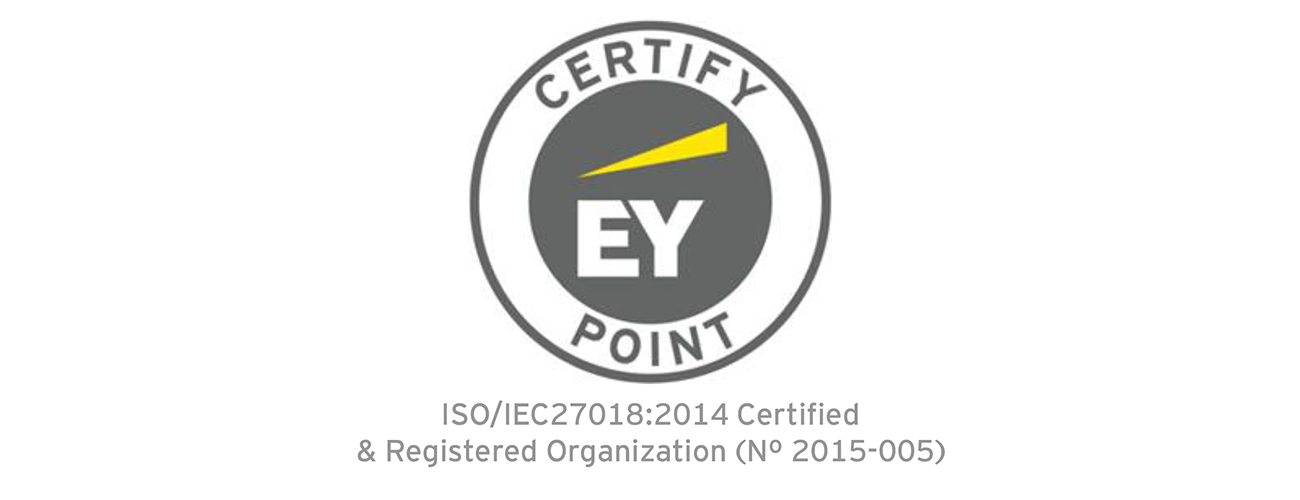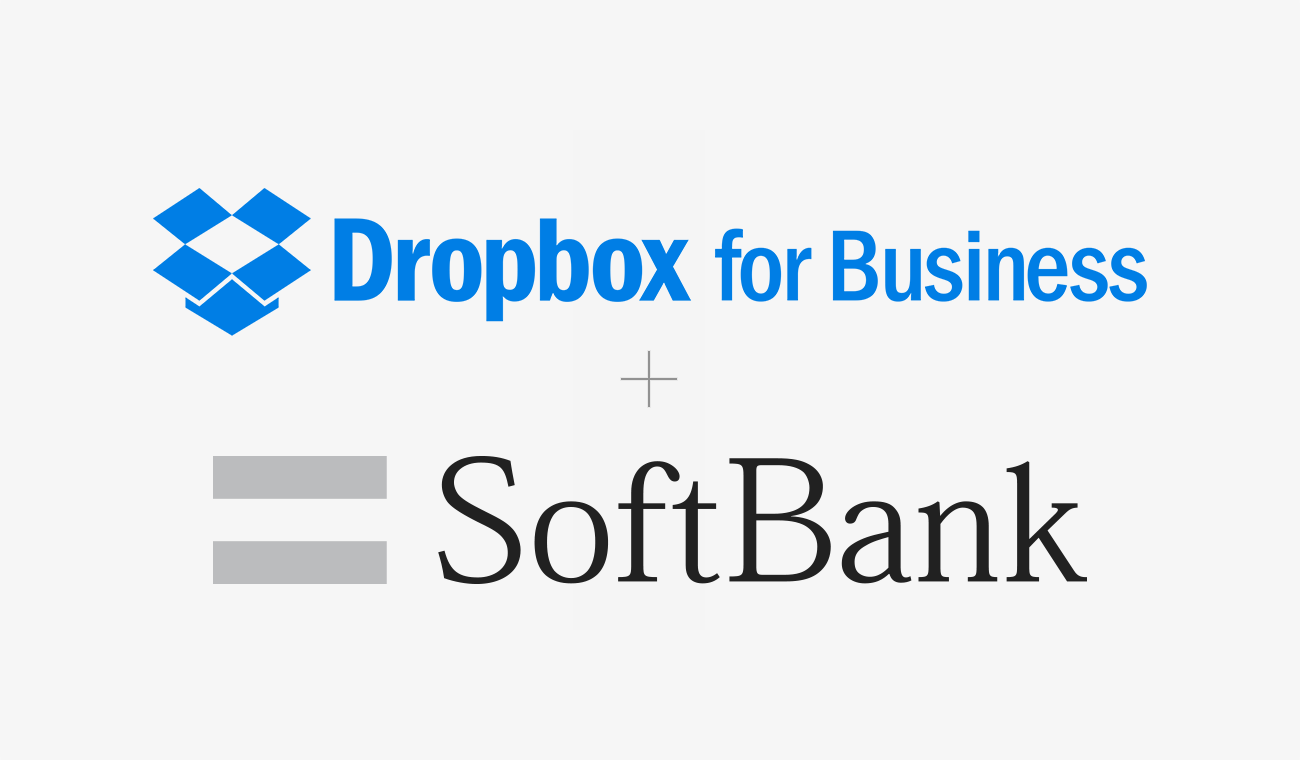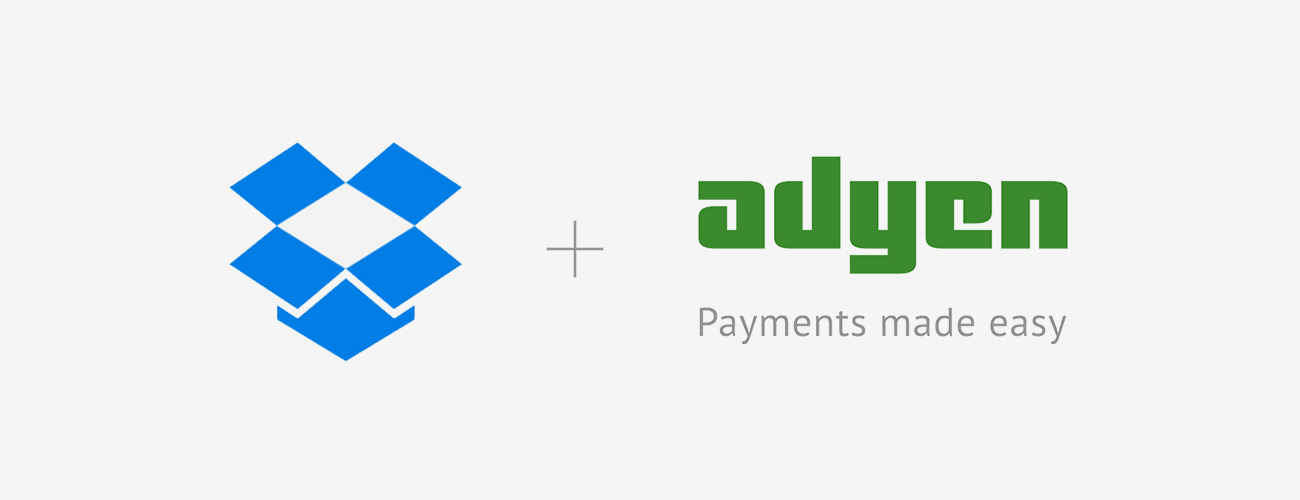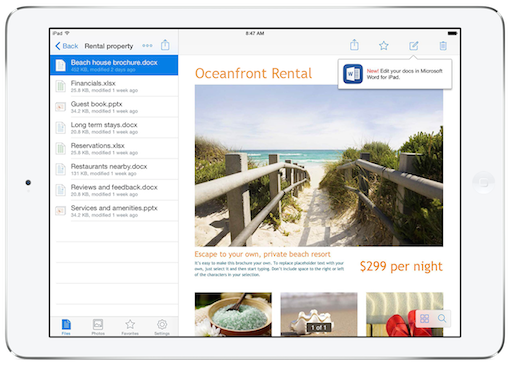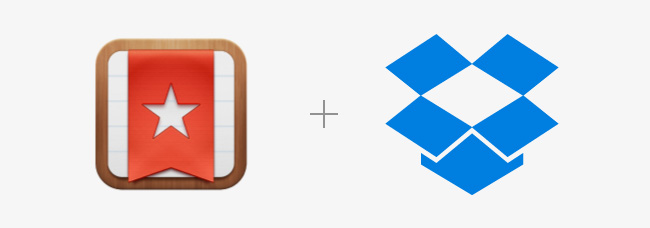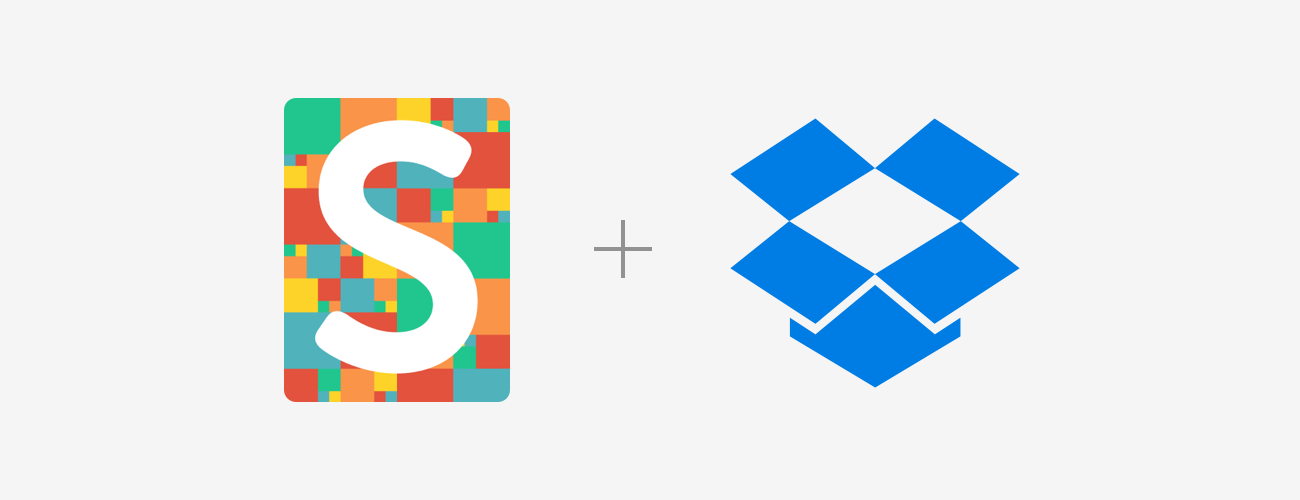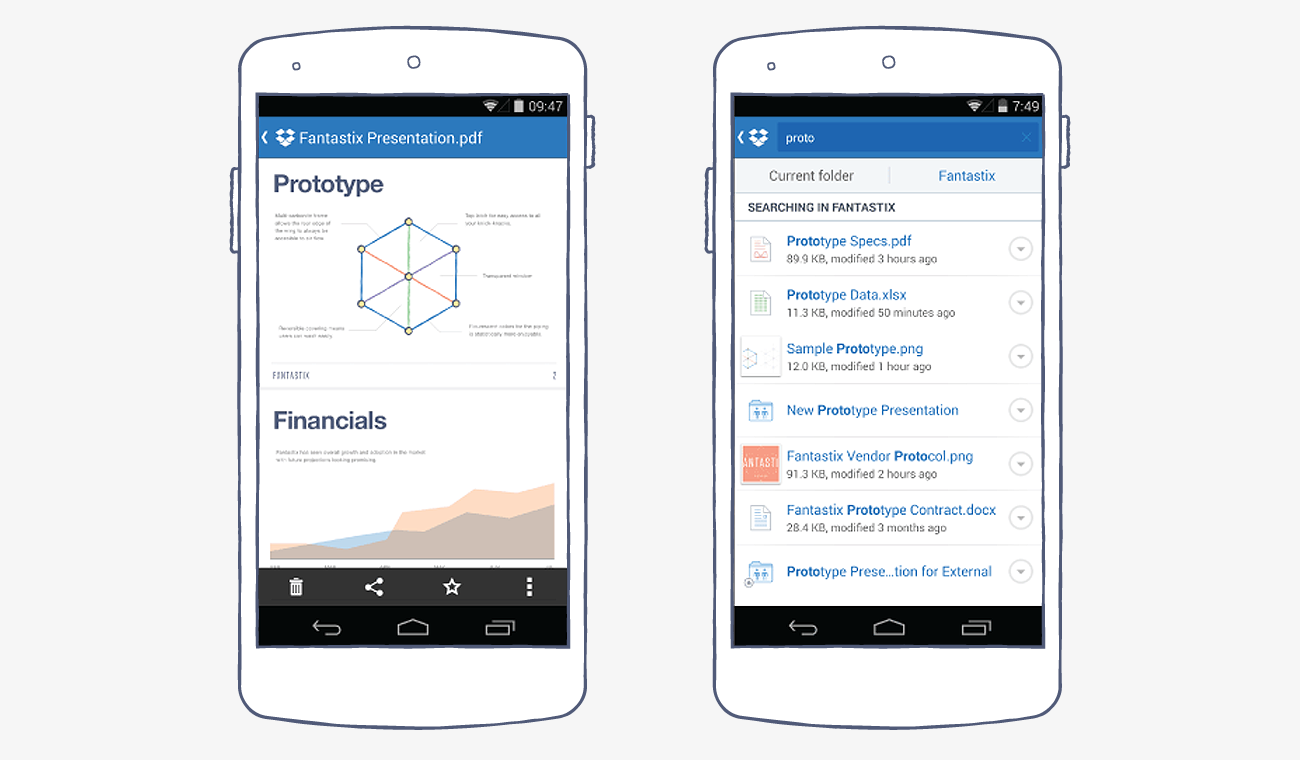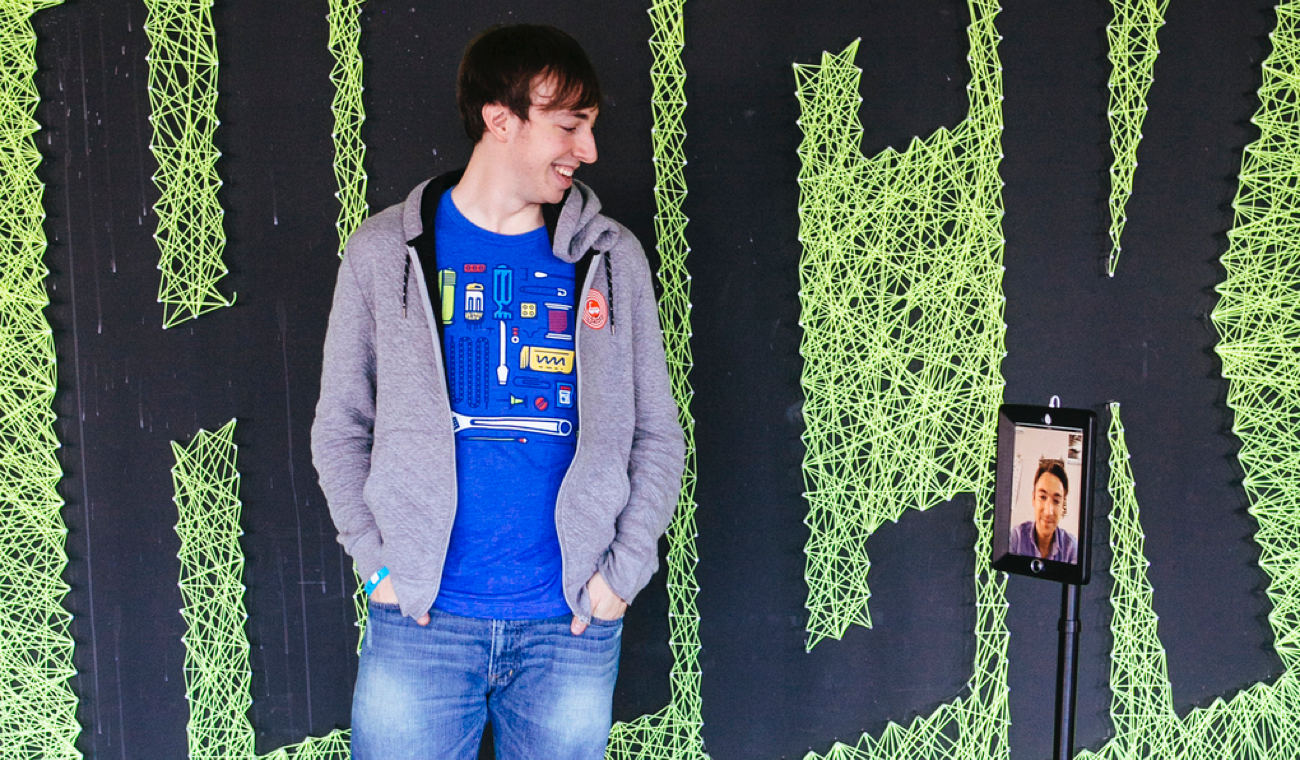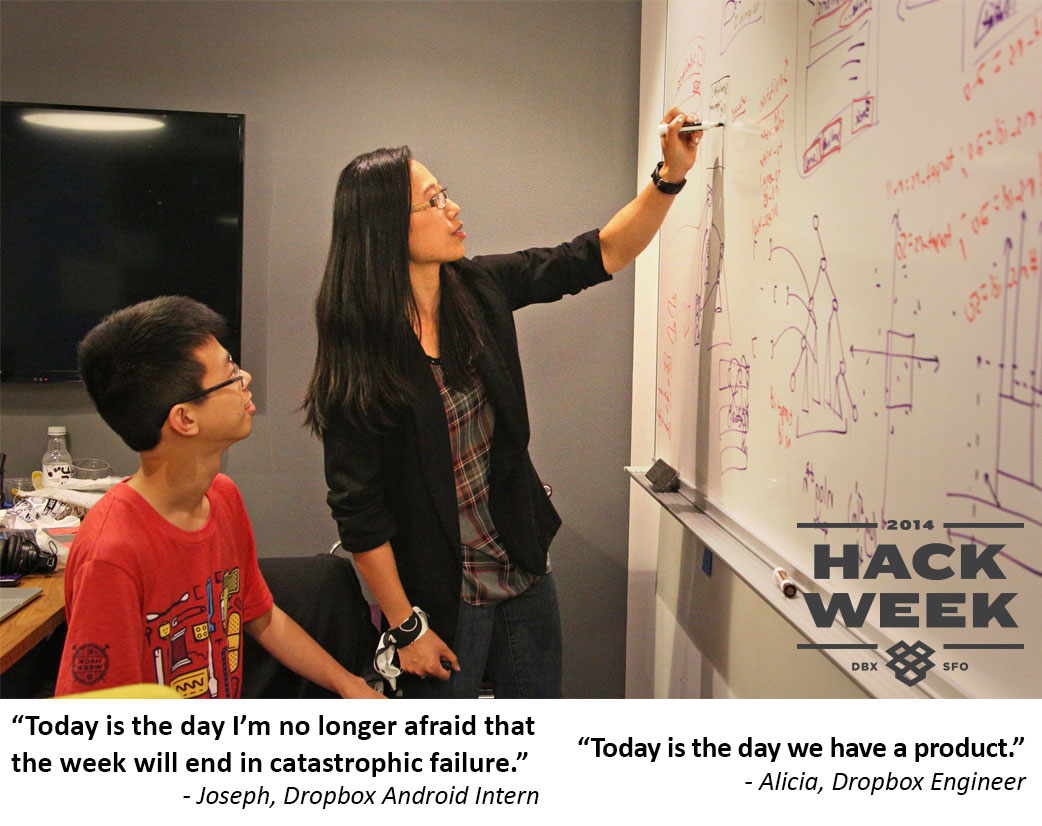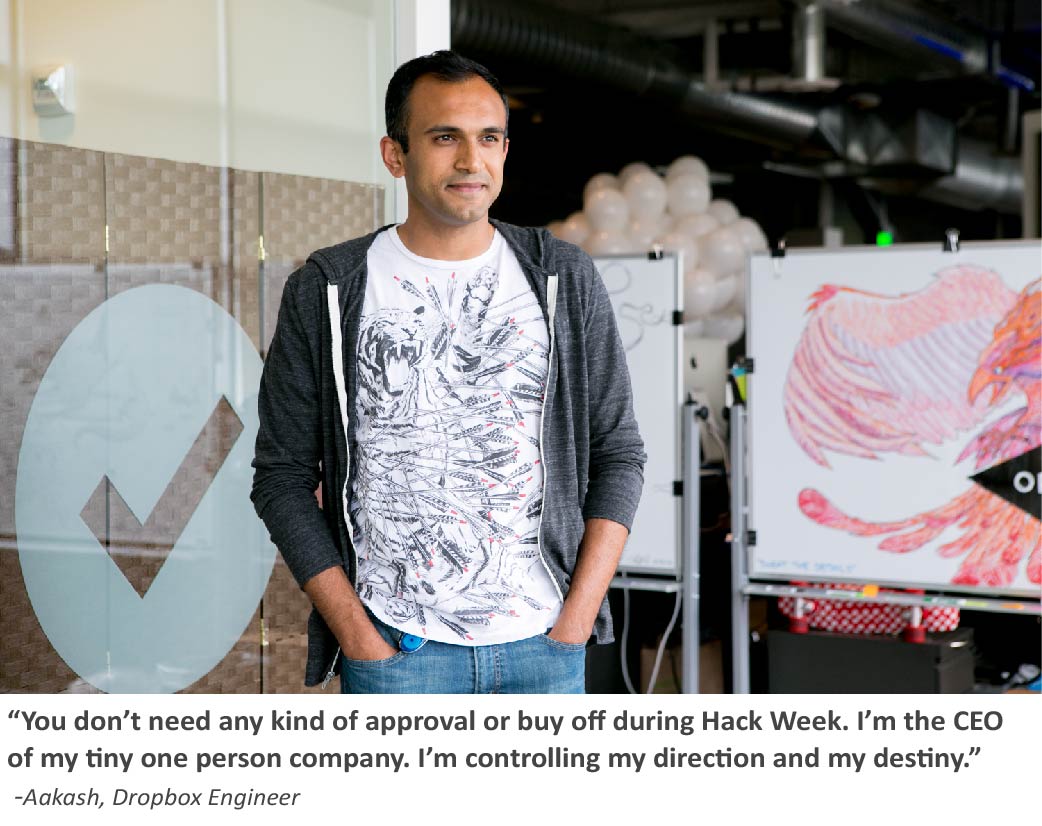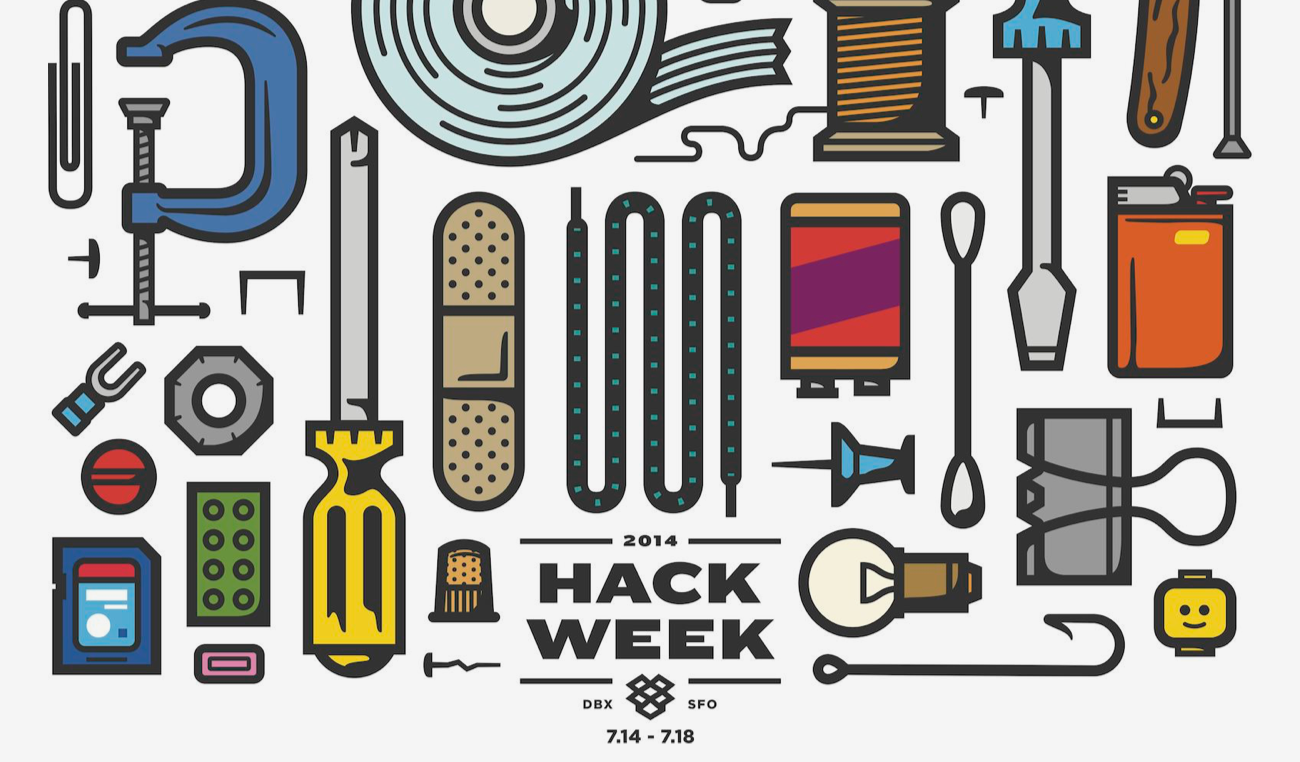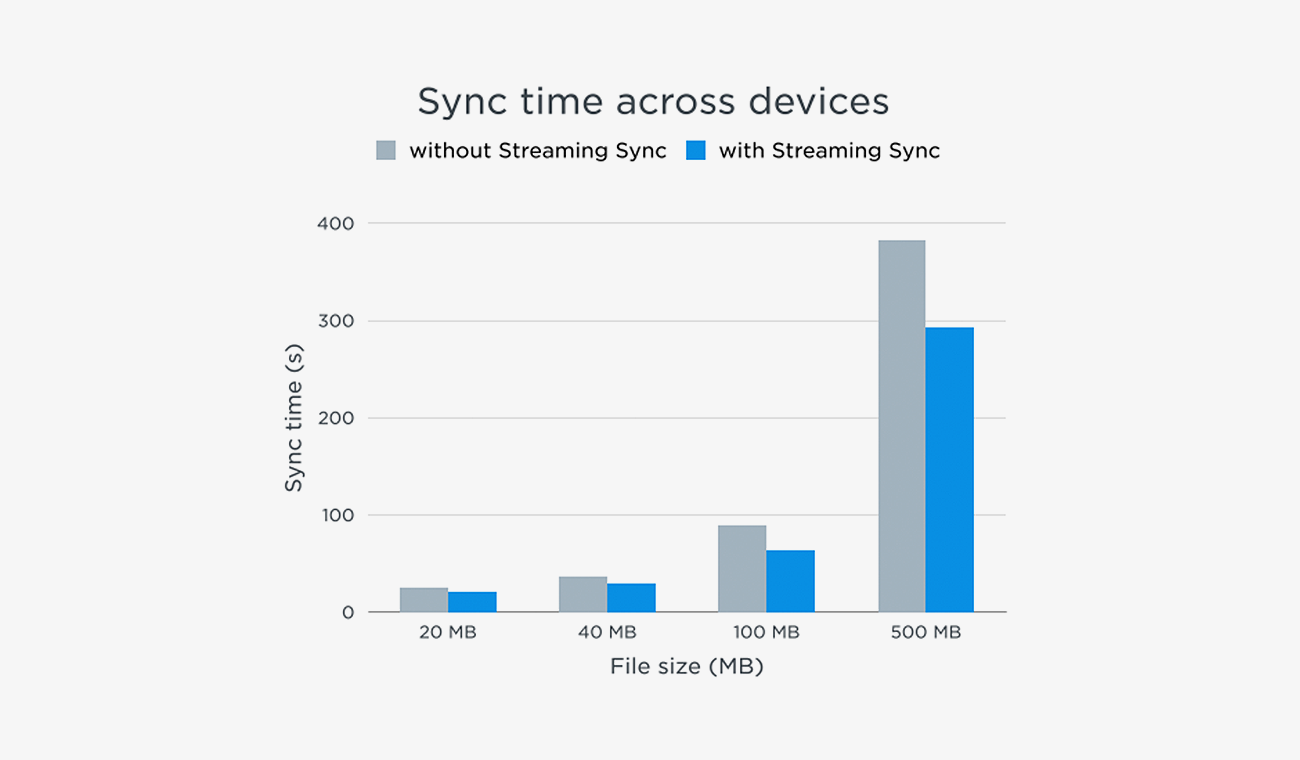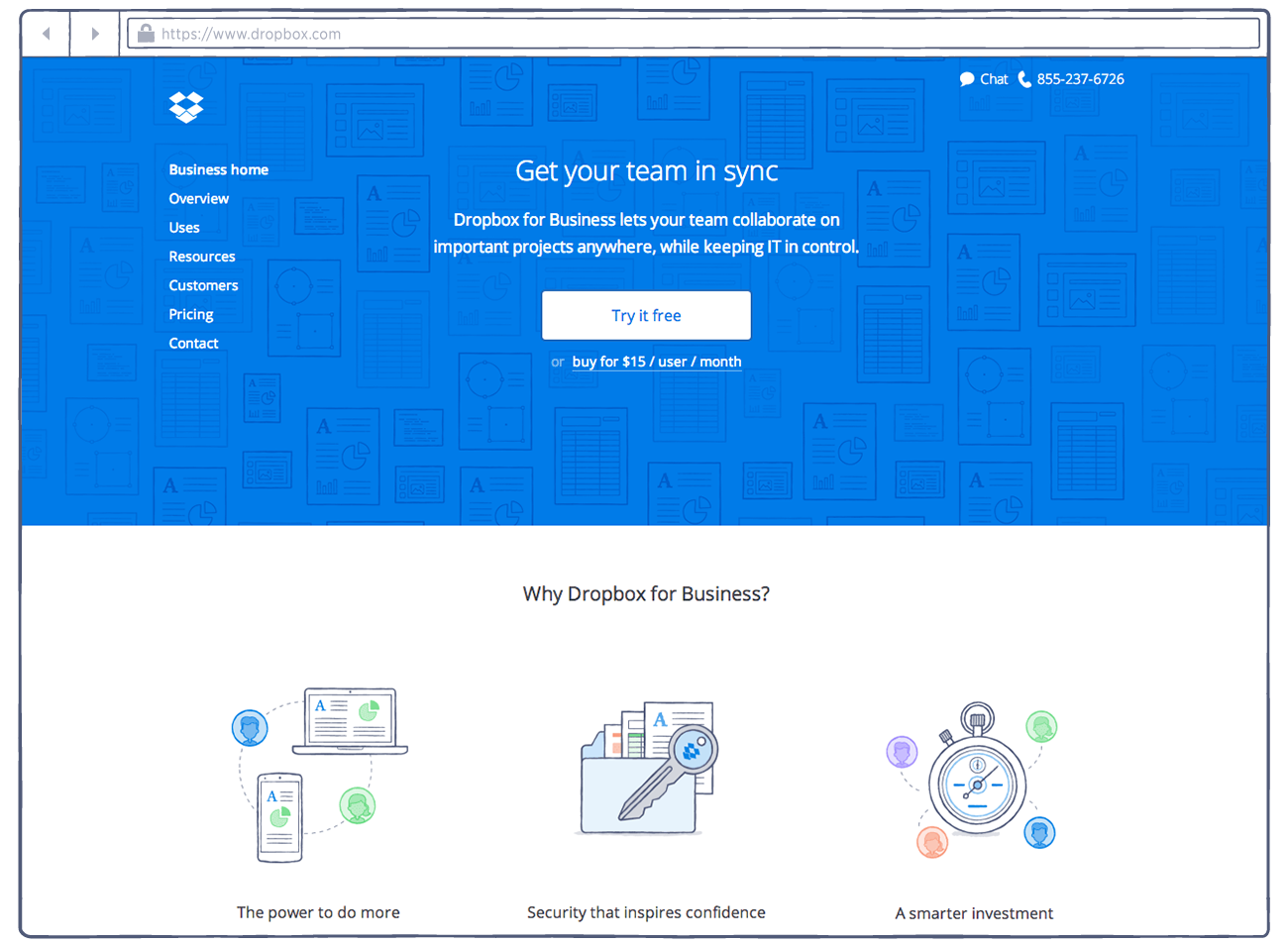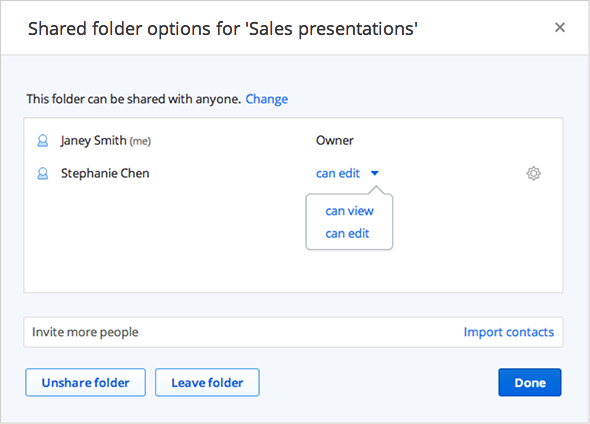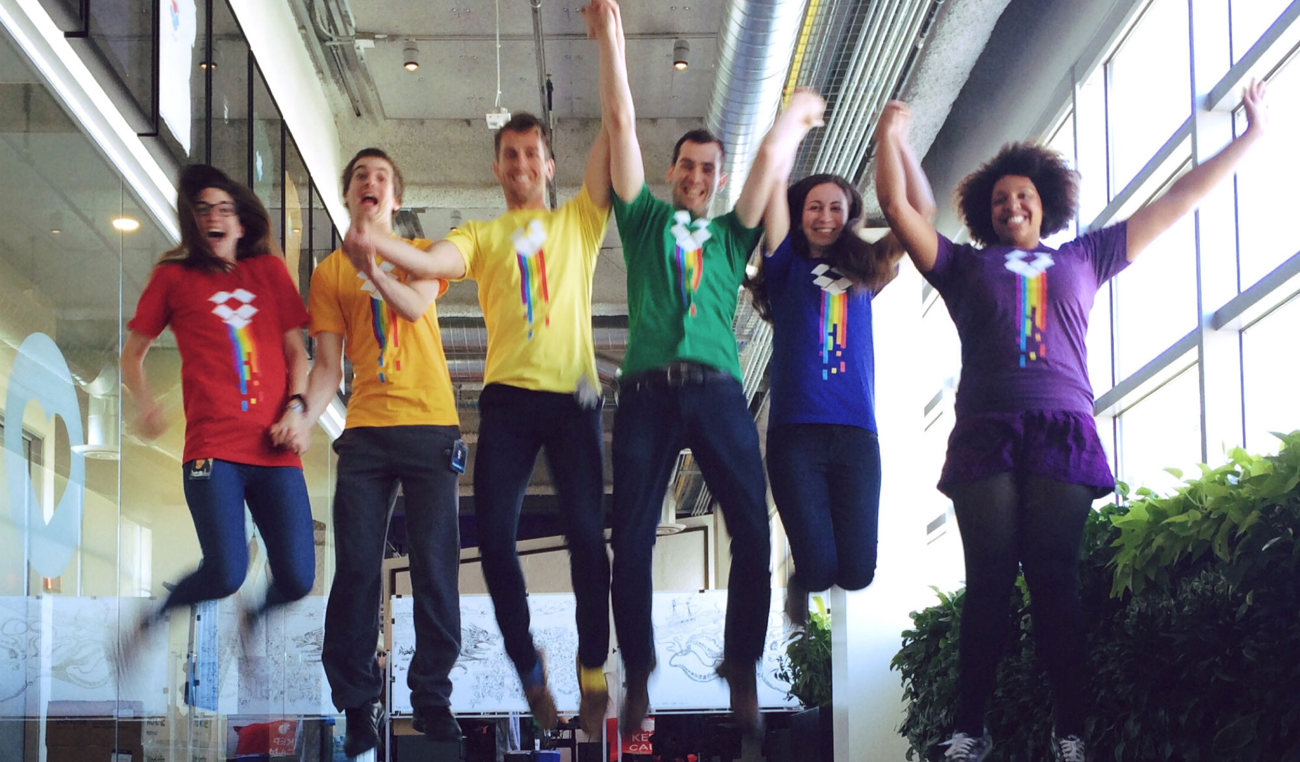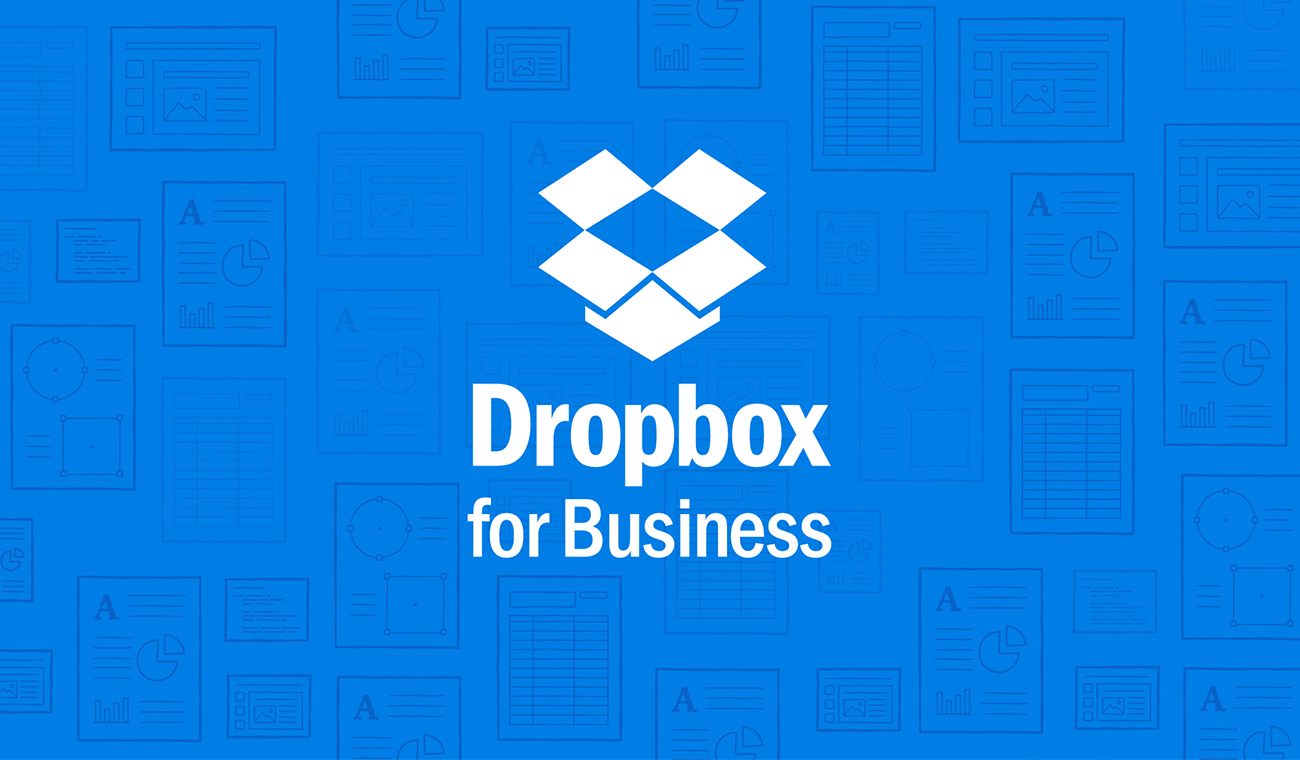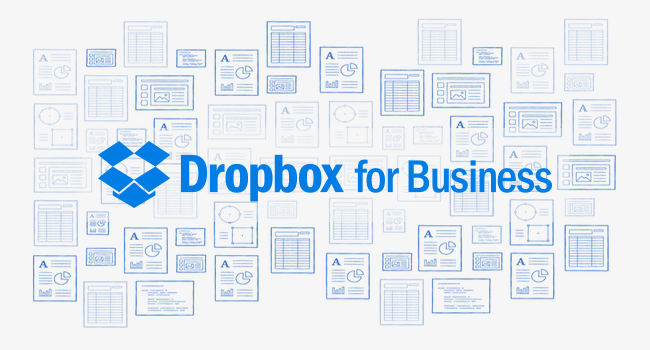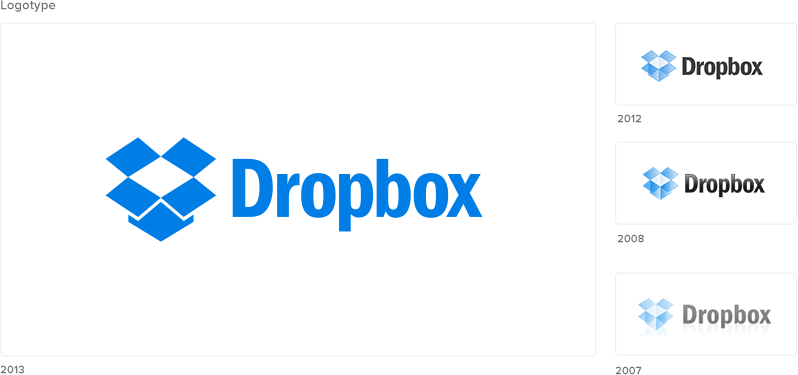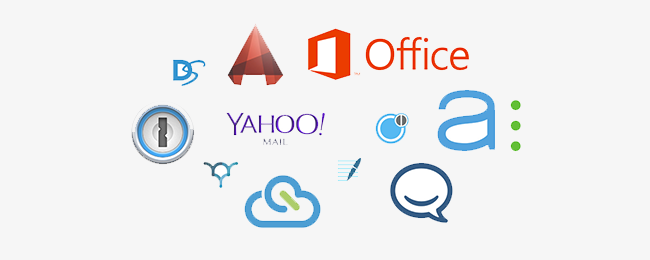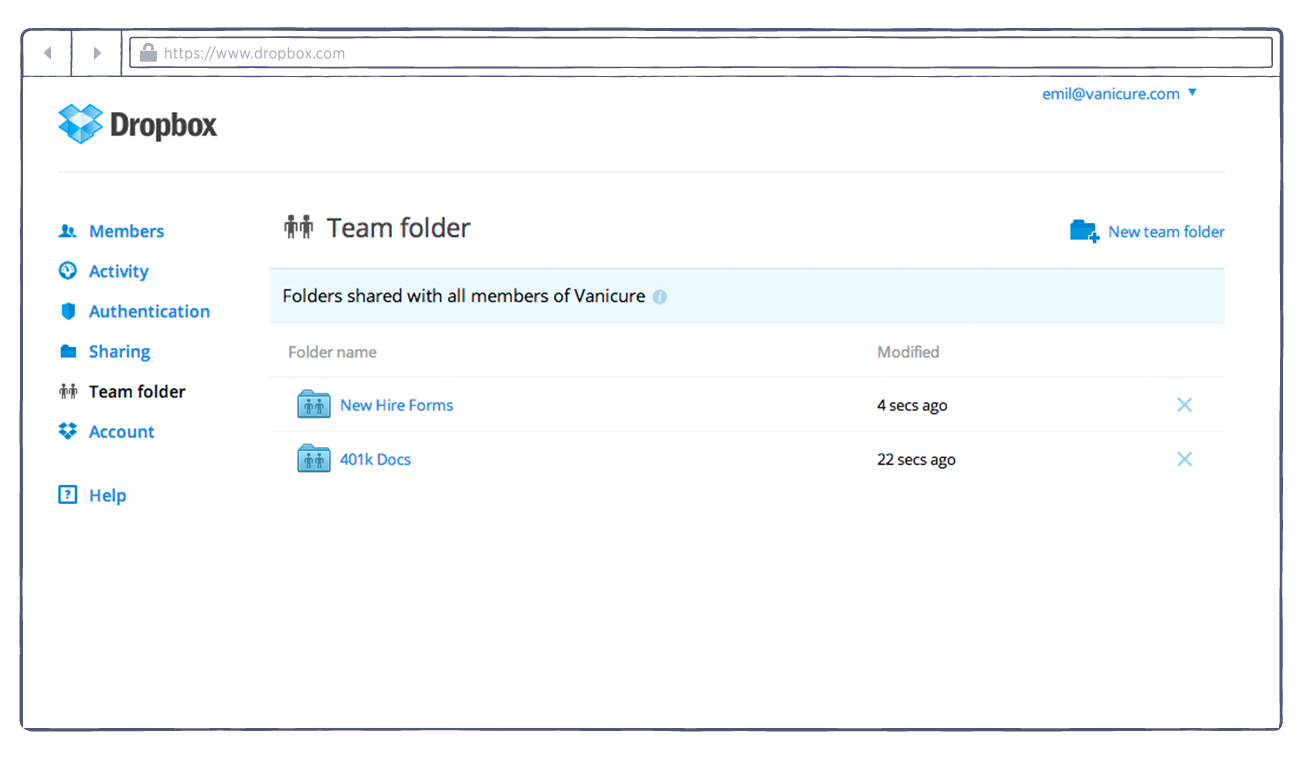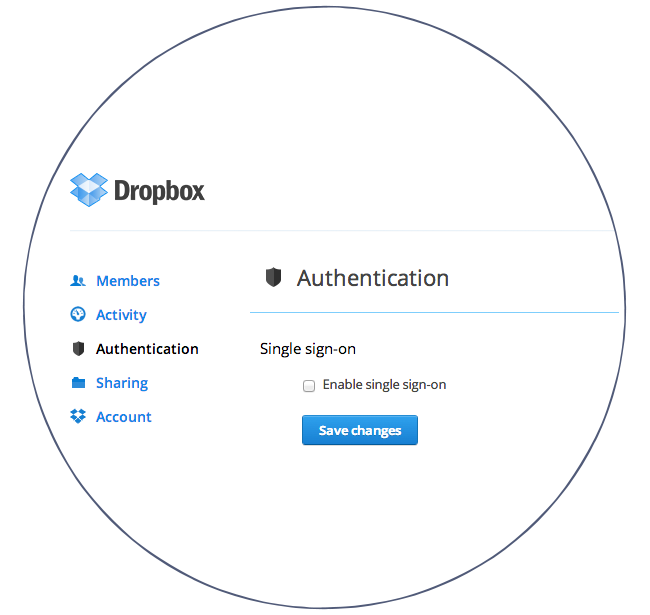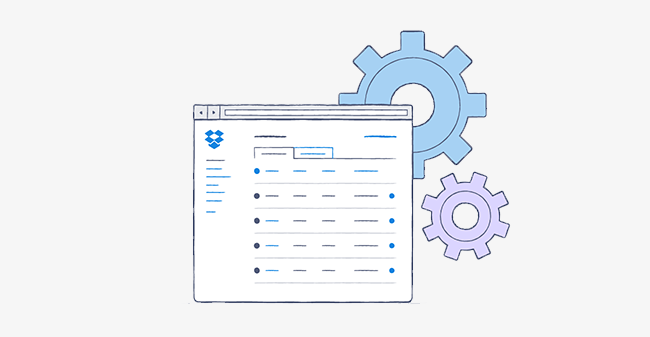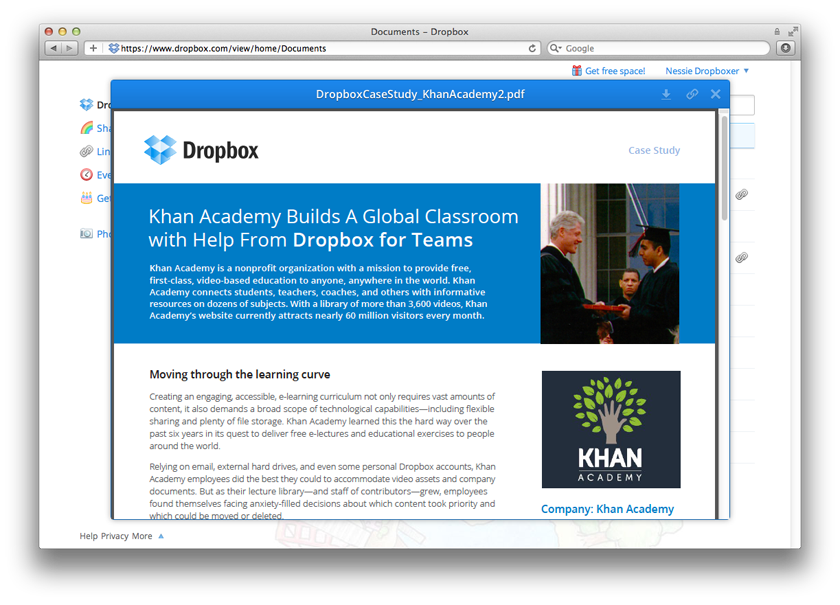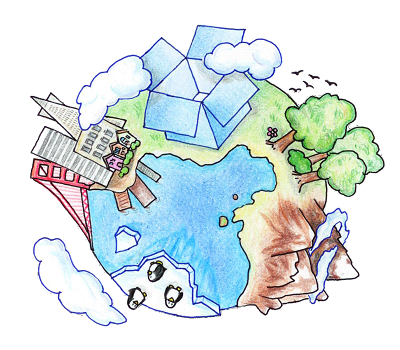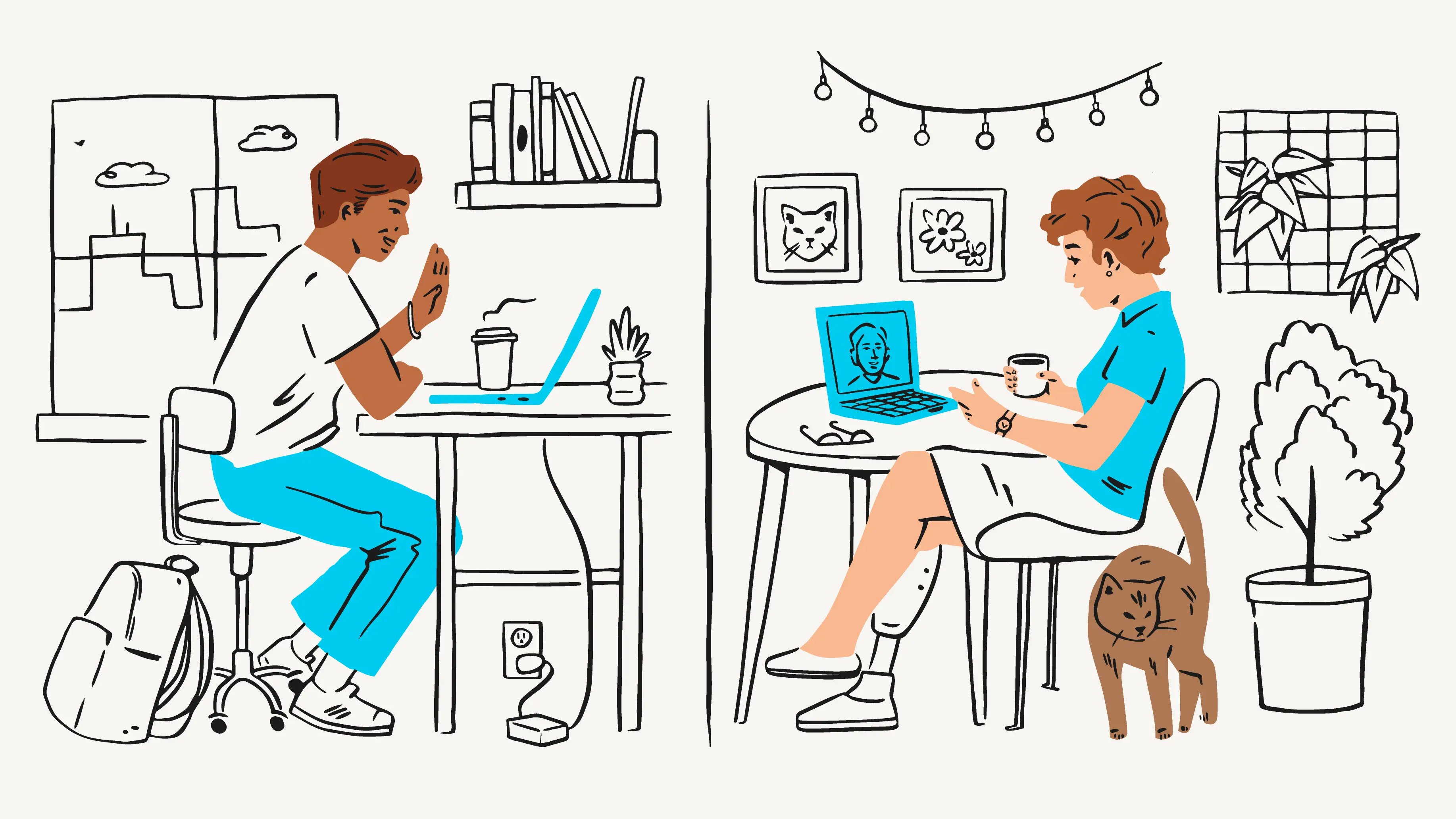
We’ve been a Virtual First company for over two years. Our model is a unique approach to work that is deliberately not hybrid. Instead, remote work is the primary experience for our employees but we still come together for planned gatherings and collaboration as we believe that there is no substitute for in-person connection. And rather than forcing our employees back to the office, we think about it differently: by offering flexibility and being able to tap into a broader talent pool with a distributed workforce, we’re facilitating an environment where our employees can be their best, most productive selves at work, which ultimately helps us better serve our customers.
Since implementing Virtual First, we understood that retaining a learning mindset would be critical to ensuring it advanced alongside the world of work. With new research, industry insights, and employee feedback informing how we evolve Virtual First, we know there’s value in sharing these findings with the world — whether you work in an office, are fully remote, or somewhere in between. Now, we’re excited to share the latest insights we’ve gathered through a combination of in-depth interviews and surveys with Dropboxers, led by both our People Analytics team and an external research team. This new research analyzed prevalent Virtual First topics and some key behaviors and strategies Dropboxers have adopted in our working model.
We’ve also added new practices for thriving in different modes of working to our Virtual First Toolkit and just launched virtualfirst.dropbox.com, a hub for everything Virtual First. Here, you’ll find our working model’s principles, research findings and resources, and tips for remote work.
Read on to dig into our latest research findings and employees insights on working in a distributed environment, as well as the toolkit practices that support them.

The value of connections in Virtual First
One of the unique aspects of Virtual First is that it isn’t virtual only. In-person connection is a crucial part of our model and remains a key focus in all of our research. Our findings show that making our in-person experiences special — focused on high quality interactions and getting to know our team members at a deeper level — can be key to maintaining those connections virtually and feeling a sense of balance in a remote or hybrid work environment.
“I was buzzing, absolutely buzzing. And when I say energizing, that's really what I mean. It gave me a new energy about my work.” - Dropbox survey participant on meeting their colleagues in-person for the first time
In addition to the deeper bonds we form in-person, participants reported wanting to form stronger connections on screen. Some of the ways people do this are more subtle and behavioral — managing their eye contact over Zoom, modulating their vocal tone, and putting energy into being present. Other ways are more structured, such as setting time for ice breakers at the beginning of team meetings or leaving room in the agenda for team members to add photos from a recent vacation or personal milestone. By using best practices for both in-person and virtual connection, we’re seeing great results — in our most recent engagement survey, 91% of Dropboxers agreed their team is able to work well together in Virtual First and 87% agreed someone they work with closely cares about them as a person.
“If you know if someone loves to go climbing on the weekend, you can start off the meeting with ‘Oh, hey! Was your weekend to go climbing again, could you share a minute or two about that?’ and it's already a lot looser and a lot more familiar.” - Dropbox survey participant
While we’re getting better at virtual connection, it’s not without its challenges. For example, participants cited the post-meeting informal catch-up is often lost after virtual meetings. This is when we touched base with a colleague after an important meeting to ask questions like, “How did that go?”. While we can do this over Slack, it doesn’t always lend itself to the most candid feedback and misses out on important cues like tone of voice, body language, and excitement levels. Building in some intentional time for quick syncs with trusted partners after important meetings (on Zoom or even a Slack huddle), or dedicating space in 1:1s to recap how meetings went can overcome some of these barriers.
With the understanding that we need to address how we interact in a distributed workplace, our Virtual First Toolkit offers different exercises for better team and project health. The form team bonding rituals practice helps teams deepen ties, build shared values, and reinforce good habits to build connections with their colleagues both in-person and virtually.
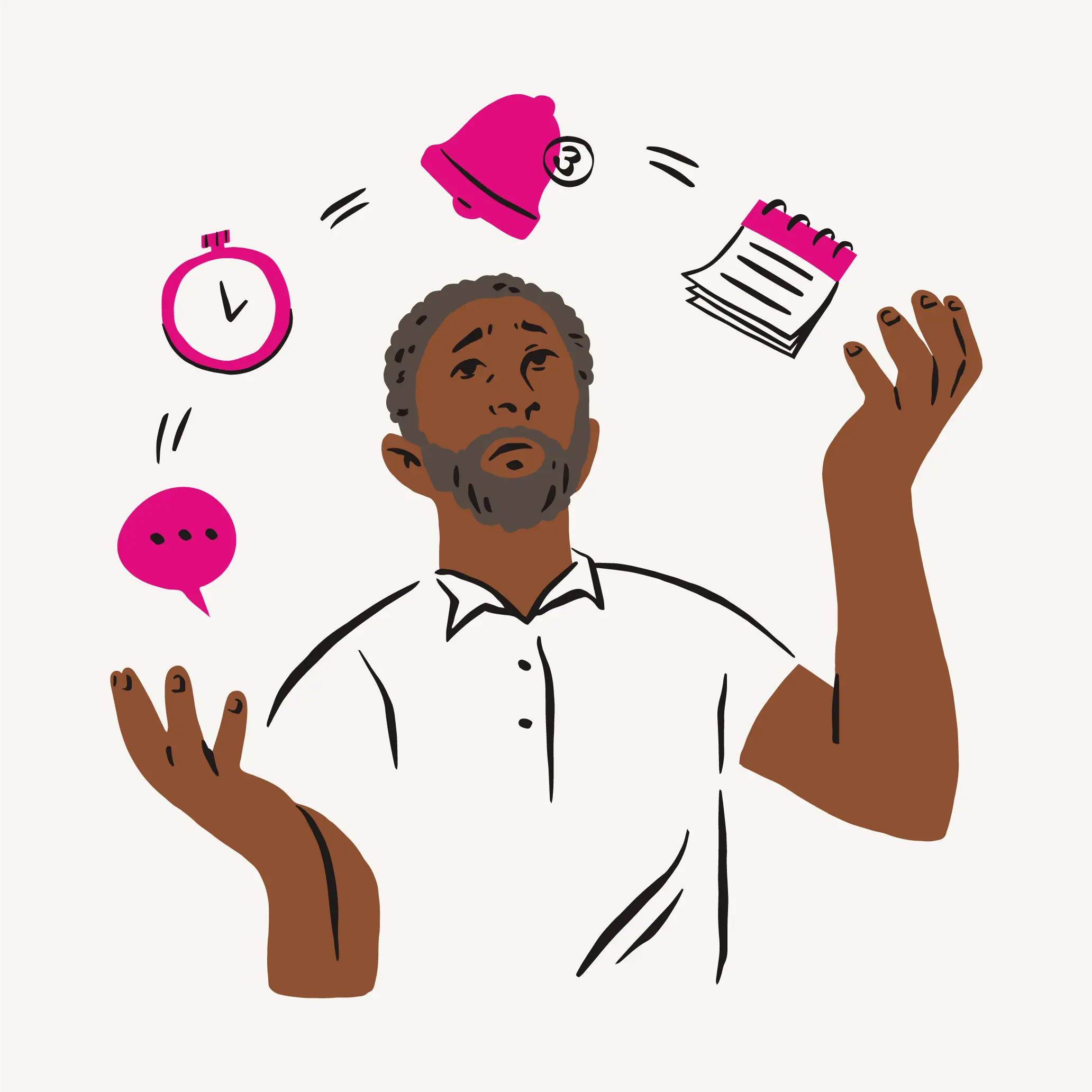
Meeting madness and effectiveness
Since implementing Virtual First, we’ve been actively focused on reducing unnecessary meetings by incorporating strategies like operating in an async-by-default mindset, adhering to core collaboration hours, and reserving meetings only for the 3d’s: discussion, debate, and decision-making. Our data suggests we’re doing this well overall, with some room for improvement — 73% of Dropboxers say they are successfully practicing the shift from “all day syncs to an async by default mindset,” and 66% say the majority of their meetings occur within core collaboration hours, which are company-wide four-hour time blocks for synchronous/collaborative work that overlap across timezones.
But through our research, we’ve also found there are more nuances to consider when analyzing the need and effectiveness of meetings. Reducing meetings in favor of working asynchronously requires new skills, particularly around writing with a level of clarity and precision that many people find challenging. People often end up scheduling Zoom syncs after they’ve failed to communicate effectively async since conversational language is easier to interpret and resolve face to face. For instance, a phrase such as “okay, cool” can carry a range of meanings, from actual agreement, to deflection or surrender, but with little guarantee that the writer and the reader will share the same interpretation.
“I get frustrated when people give really short answers on Slack. I’ll ask if a project is going well and if will be done soon and get like one word answers like, “Yep!” It’s clear that they aren’t trying to be opaque, but I want more context and reassurance that things are actually on track. I might ask twice, then worry about coming off as rude, so I’ll schedule a 30 minute Zoom. Which might just annoy them more. But I want to know what parts have already been completed, or for things that aren’t done yet, can I help? - Dropbox survey participant
People also have different perspectives and preference about what makes a meeting valuable and efficient — this means two people can walk away from the same meeting with dramatically different opinions of how it went. Meeting norms can also vary by team, with some teams preferring to socialize at the beginning of meetings, while others are diligent with structured agendas. In our studies, about half of the participants work with colleagues in multiple countries, creating greater cultural and language divides to navigate. In general, people understood how to show respect for different group’s norms, and tried to adjust to different meeting styles as needed.
Some of these learnings are also informing the products we’re building, such as Dropbox Dash. We’ve found that holding meetings instead of sharing content async can be a blocker to productivity. Dash helps reduce the information gap by surfacing the content you need in your work day so that you can spend less time in meetings and more time focusing on your work.
To make our async-by-default mindset more successful for teams, we’ve added practices into our Virtual First Toolkit to enhance our communication skills, like write for understanding for concise and clear written communication, and deploy strategies for running effective meetings to make them more impactful.
.jpg/_jcr_content/renditions/1X@%20954x954%20learn%20to%20unlearn%20spot%20(1).webp)
Overall, our employees have adapted really well to Virtual First and report feeling more productive and balanced. We believe Virtual First enables us to do our best work thanks to its unique blend of virtual work, which offers flexibility, and in-person connection, which fosters belonging. And our research shows that it’s working. Also, our employees are successfully unlearning long-held habits and rituals of in-office work and replacing them with practices that best serve the future of work. We’ve captured some of the effective ways to make these shifts in our learning to unlearn practice.
As we’ve set out to remain agile and flexible in the approach to our model, we’re committed to continuing to gather feedback from our colleagues and learning from our research as we navigate the future of work. To keep up to date with the latest from our world, tune into our podcast Remotely Curious, and remember to check out virtualfirst.dropbox.com for all things Virtual First.


.png/_jcr_content/renditions/hero_square%20(1).webp)




.jpg/_jcr_content/renditions/1200x628%20(8).webp)


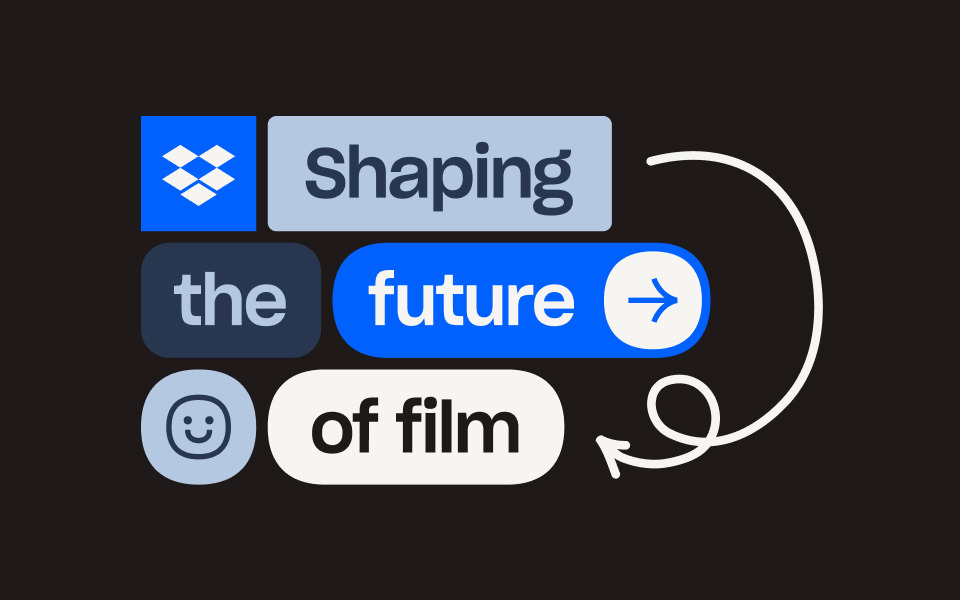



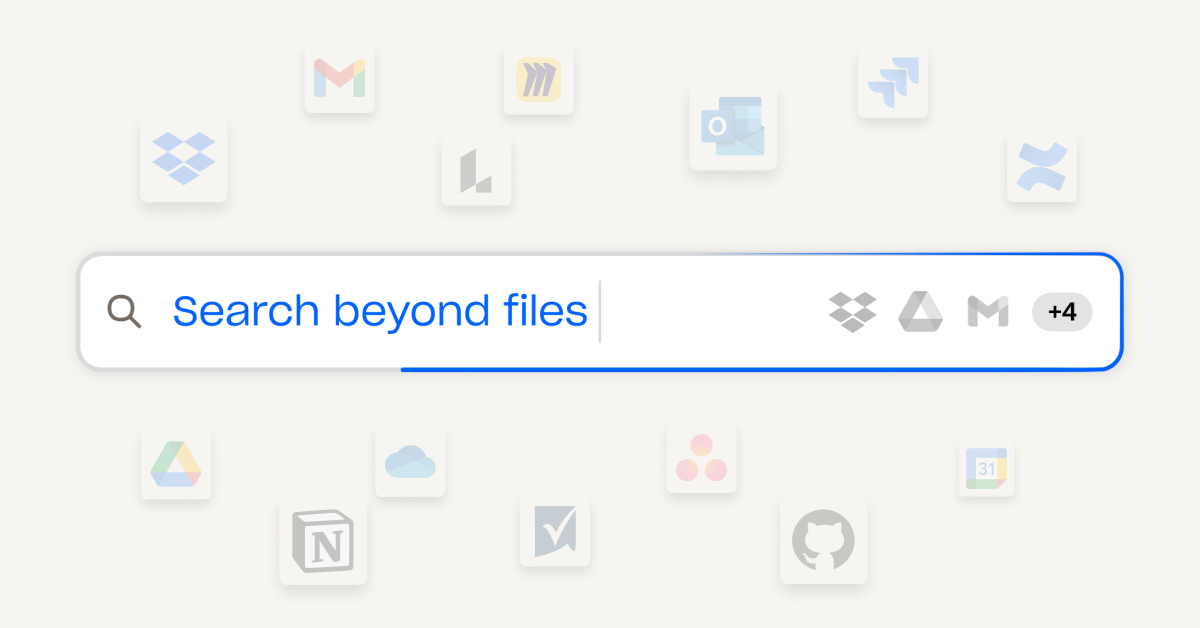



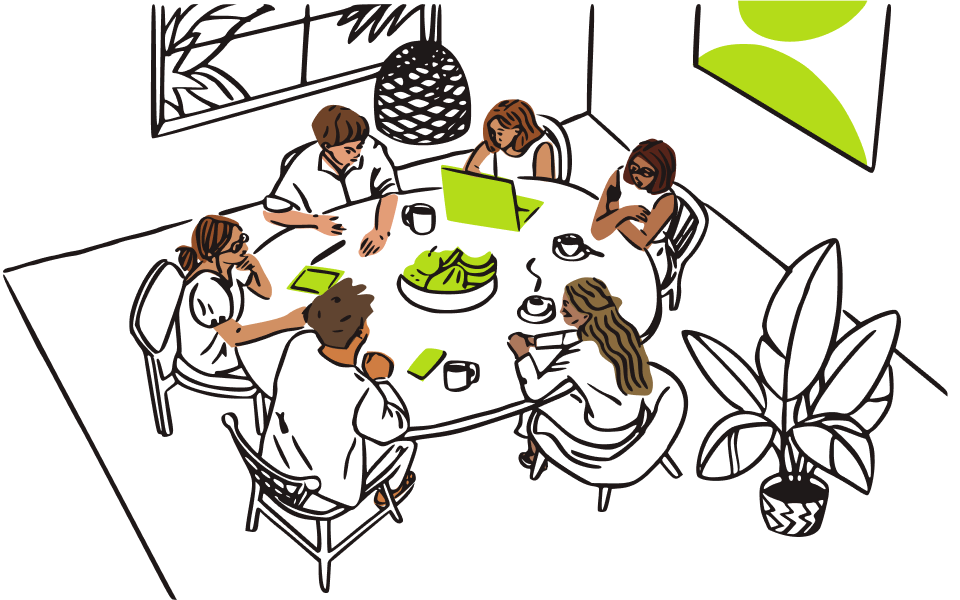
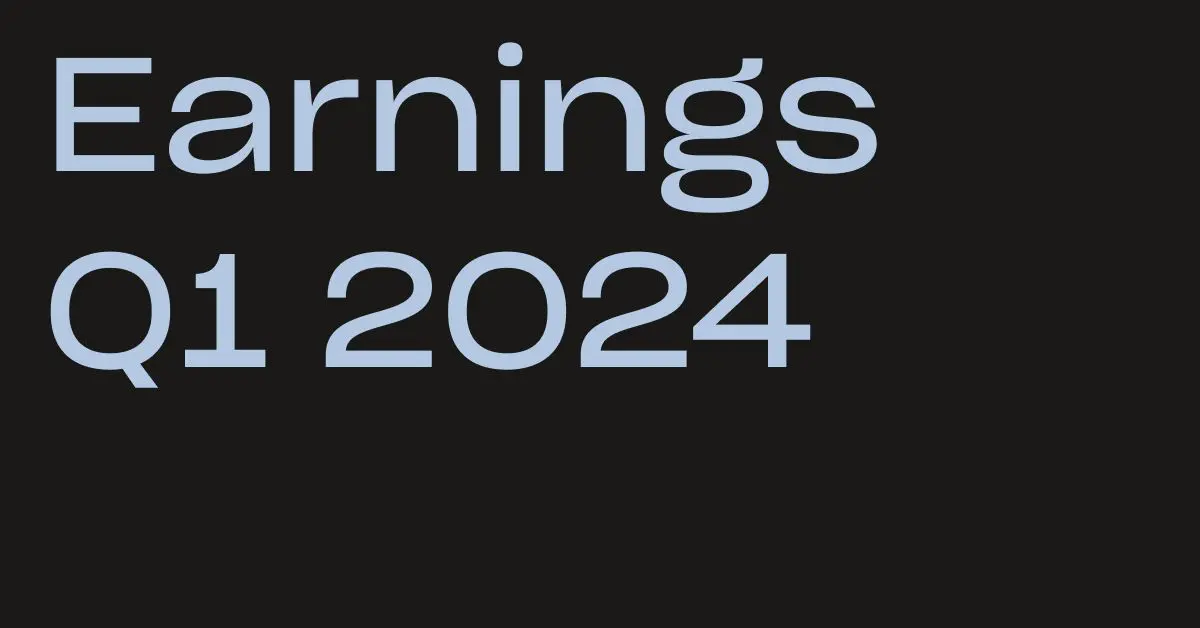
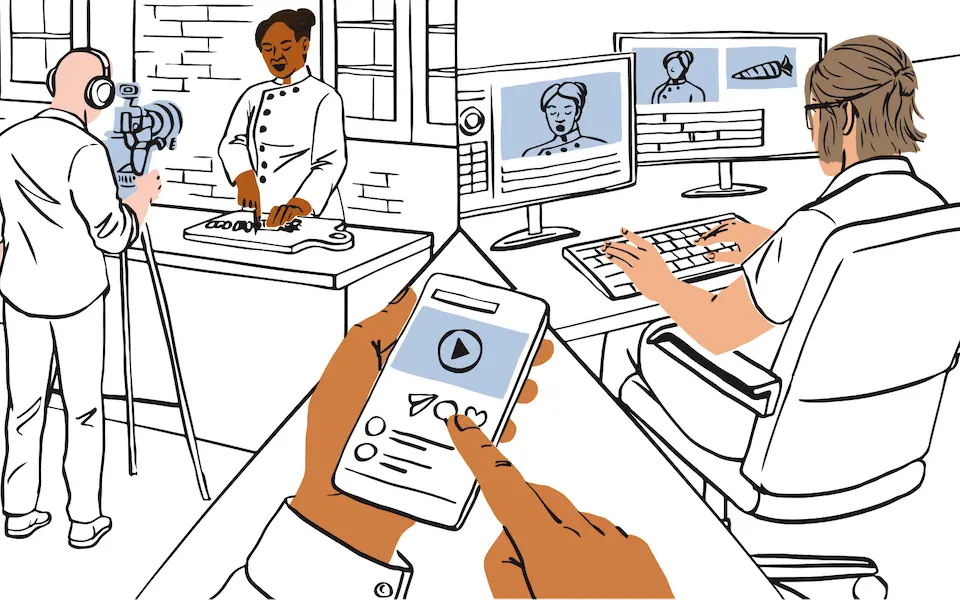

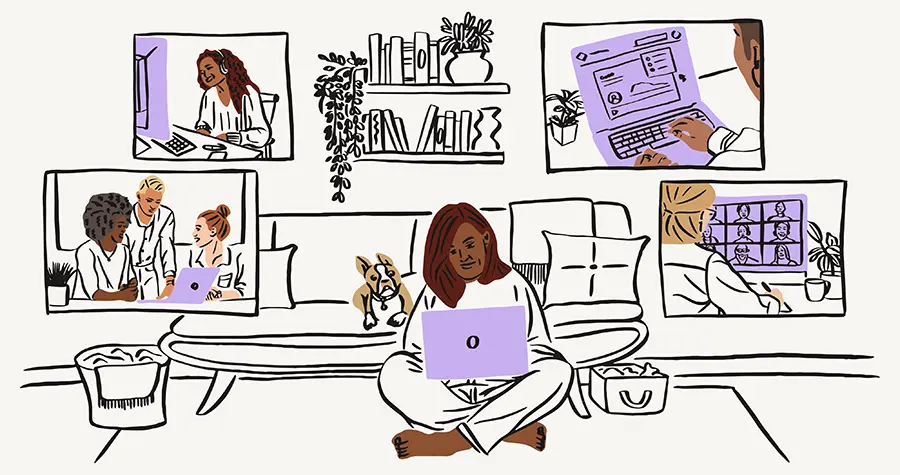

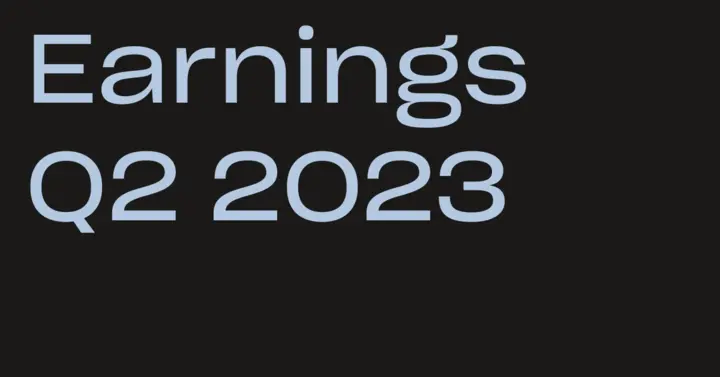
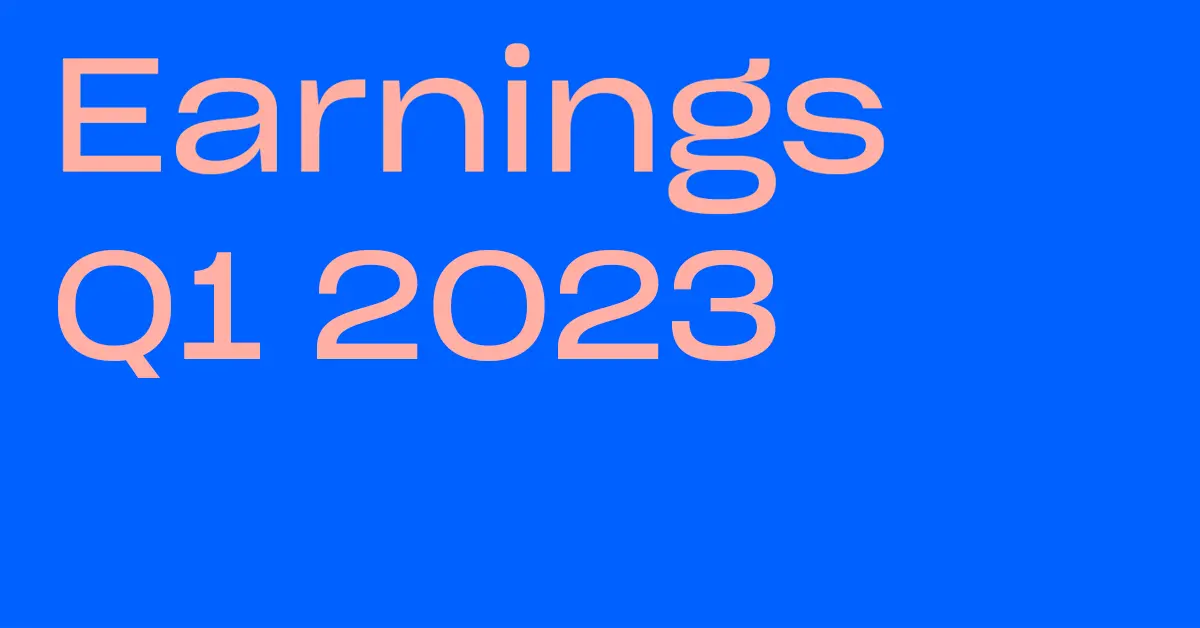

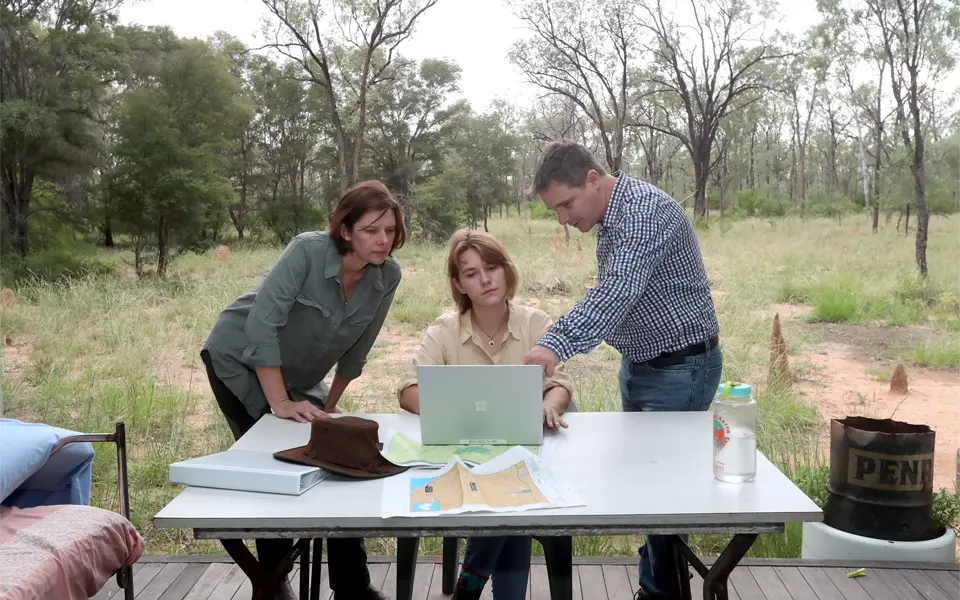
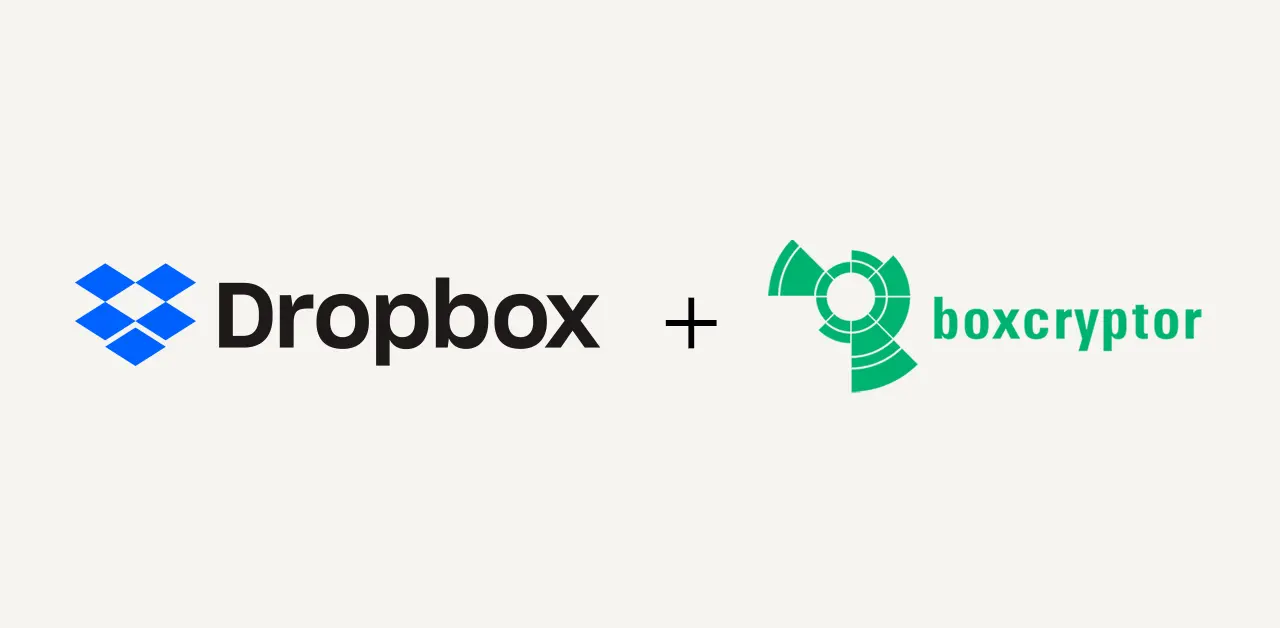
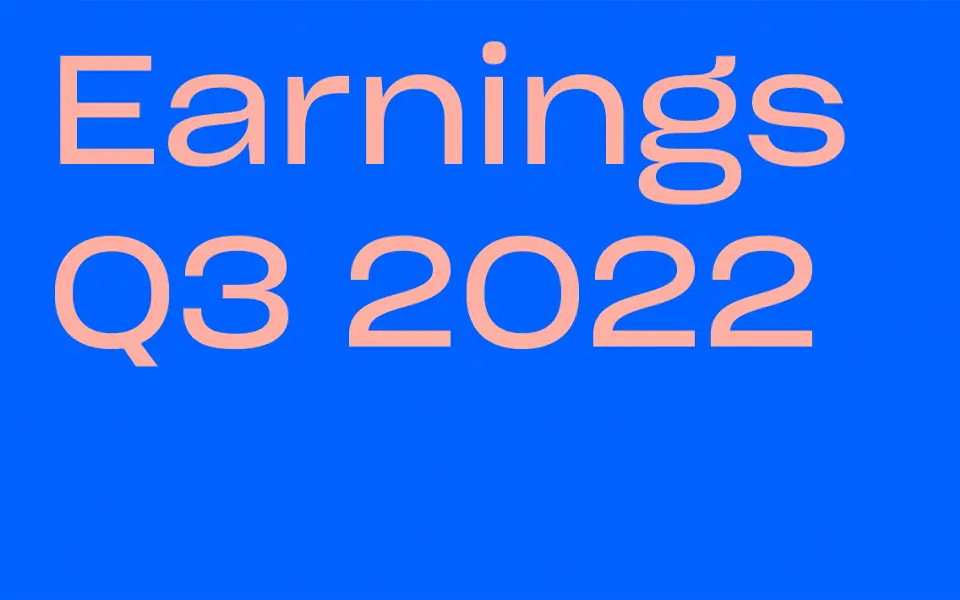


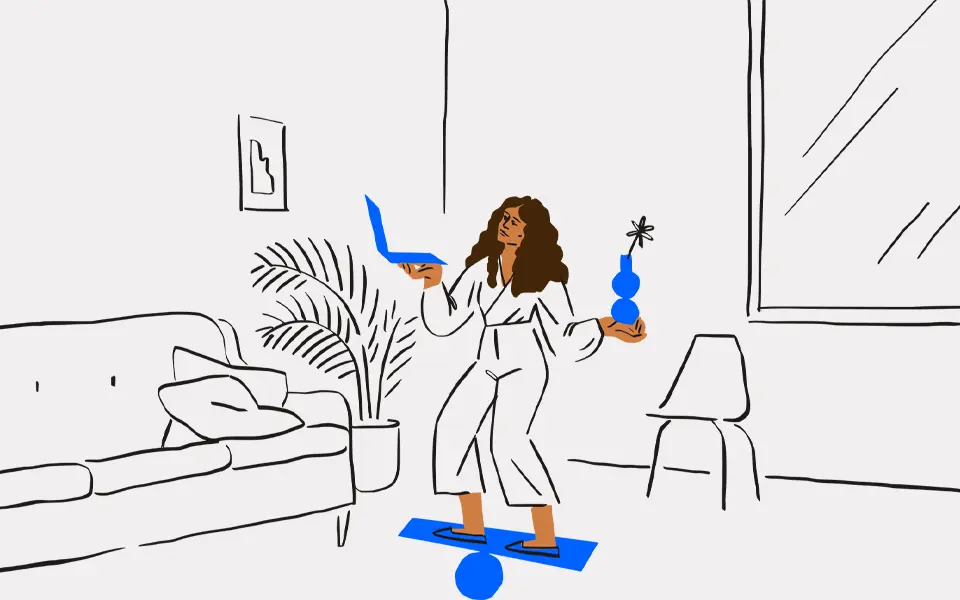



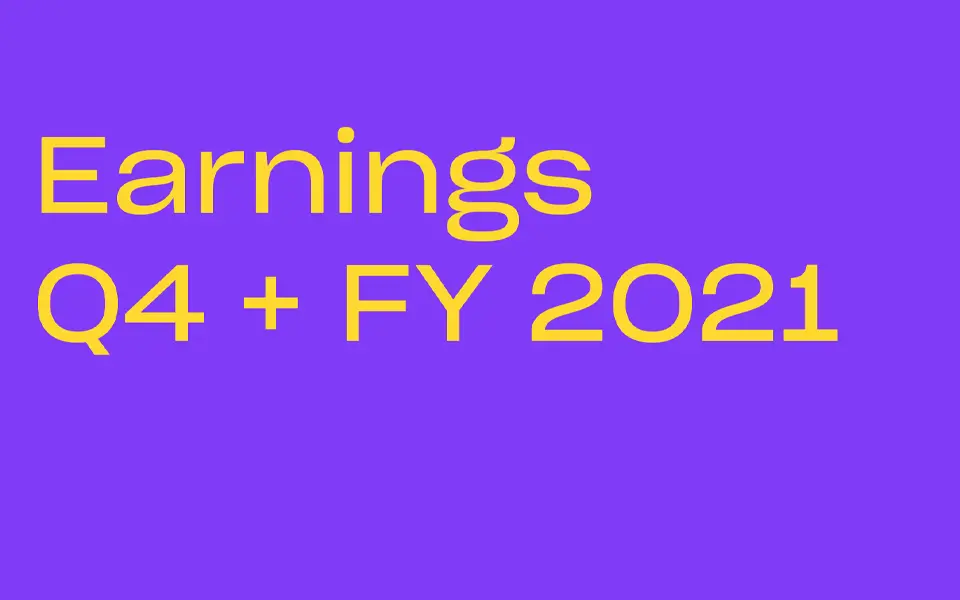
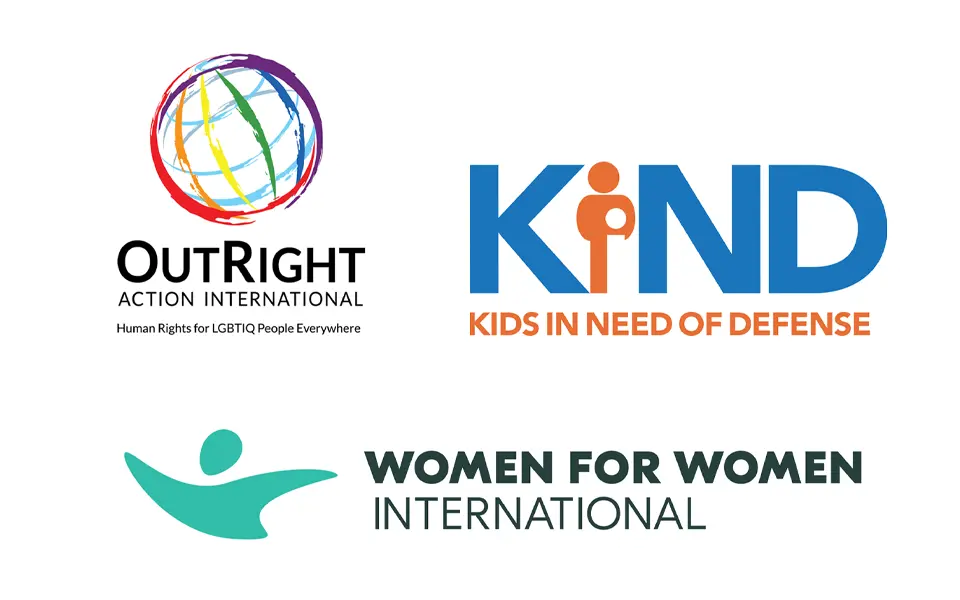
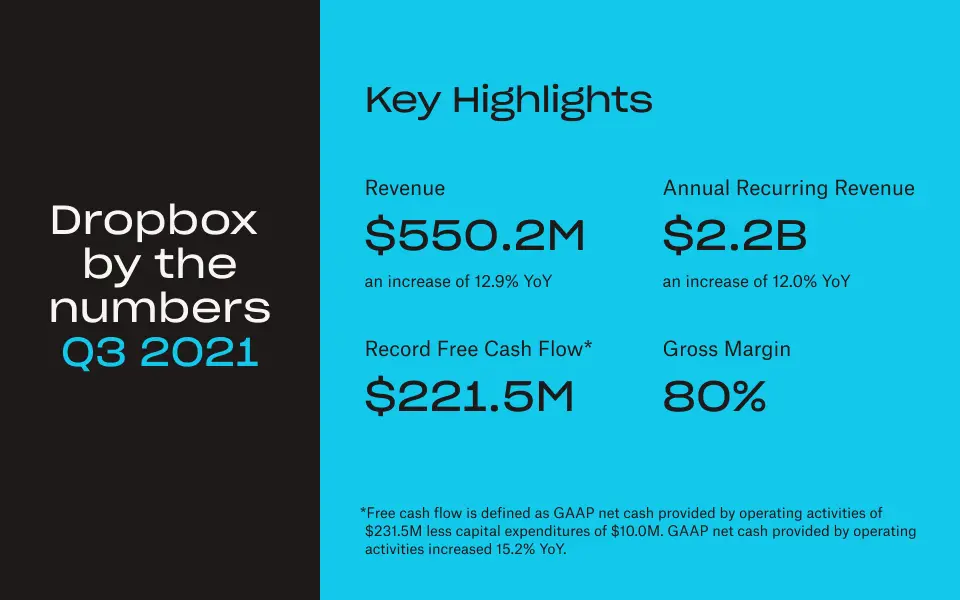

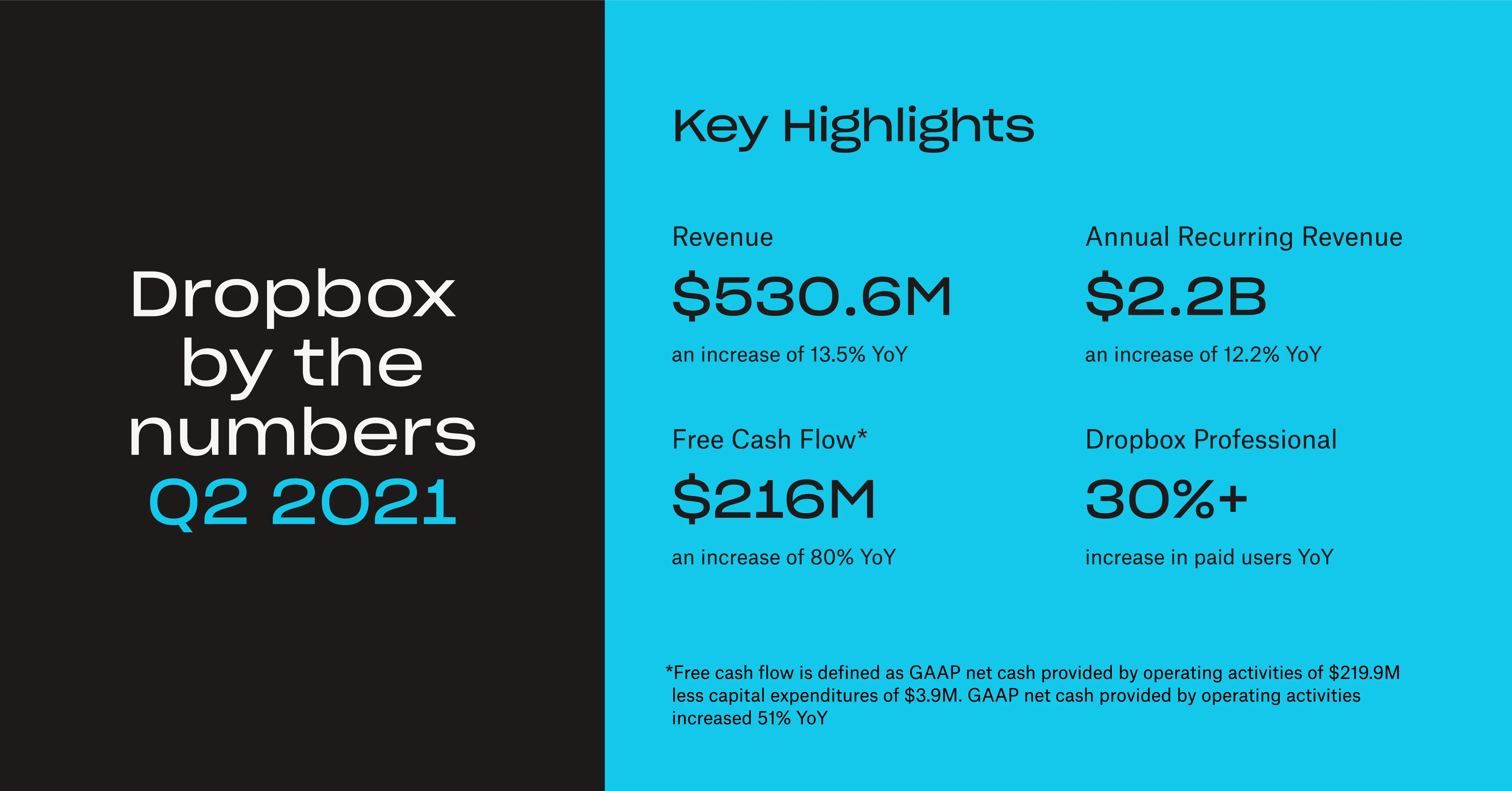


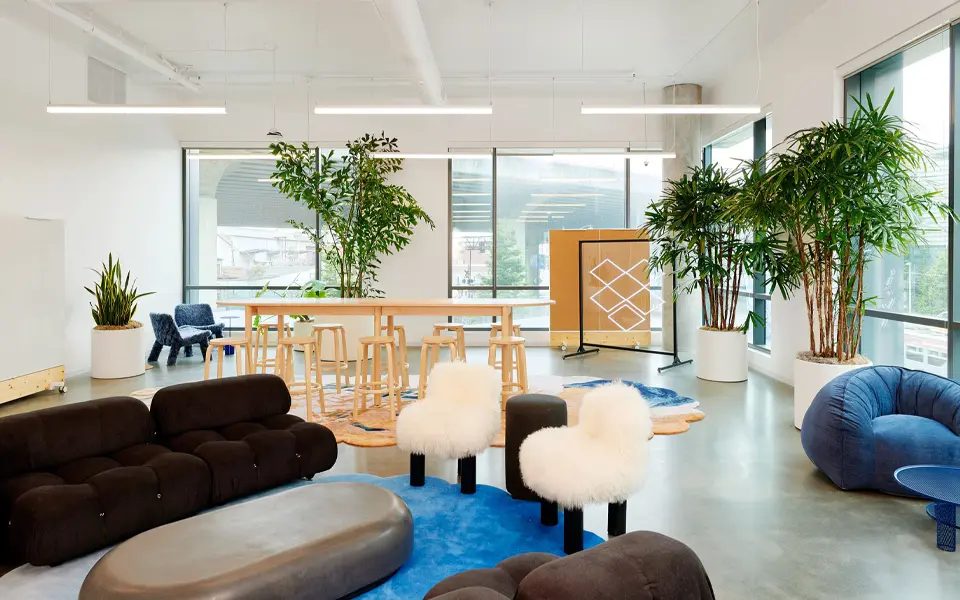


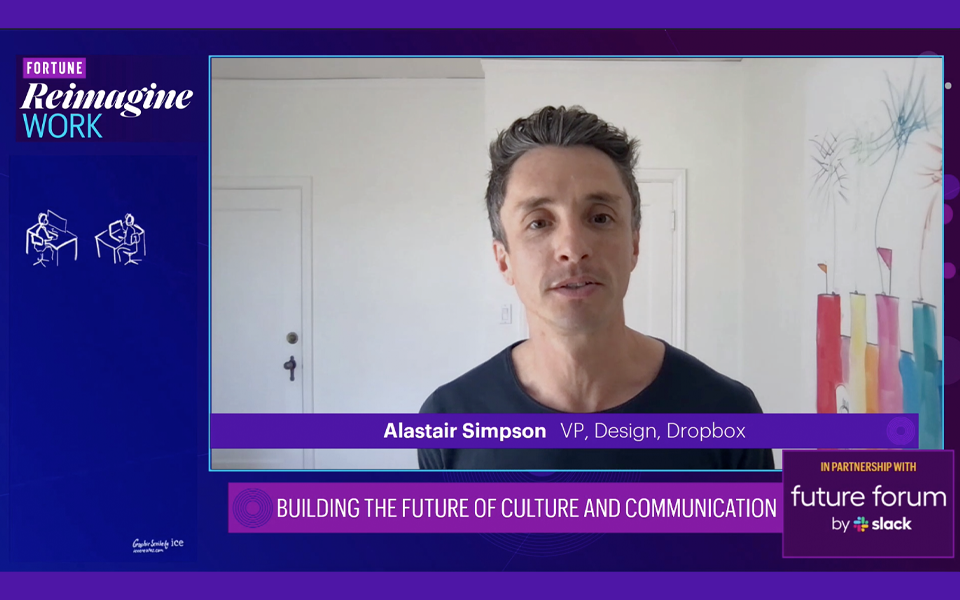
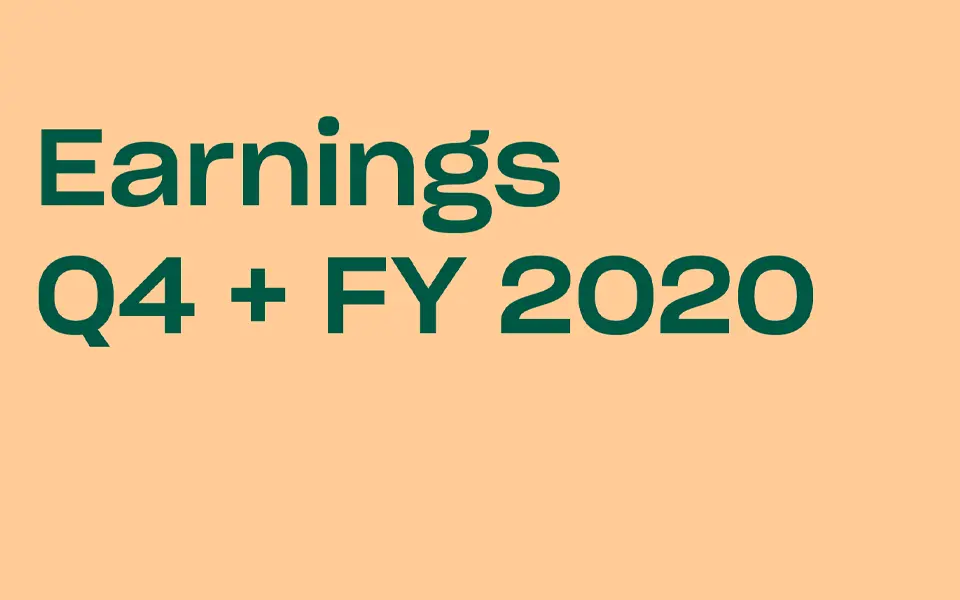
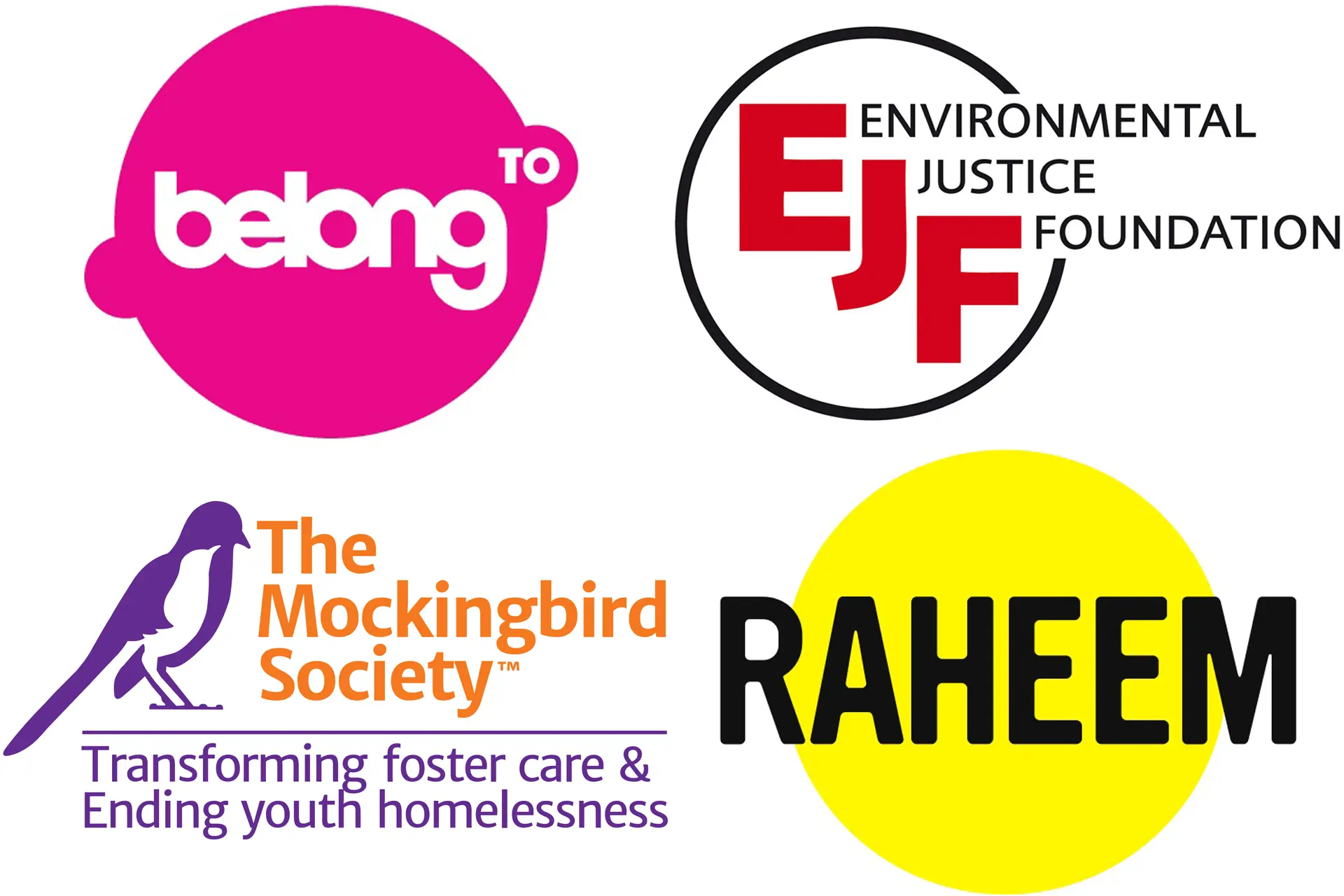
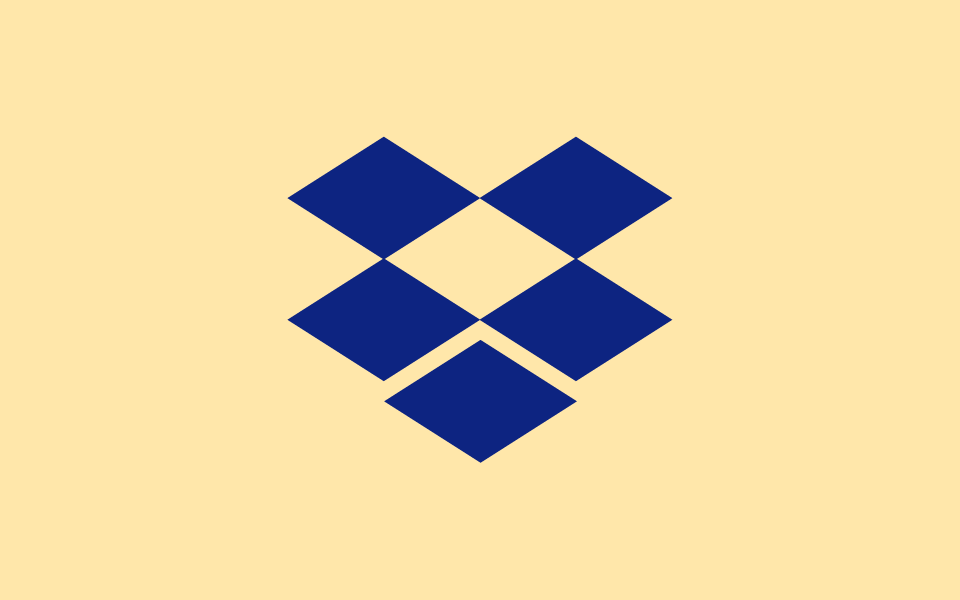




.png/_jcr_content/renditions/blog_(960x960).webp)
